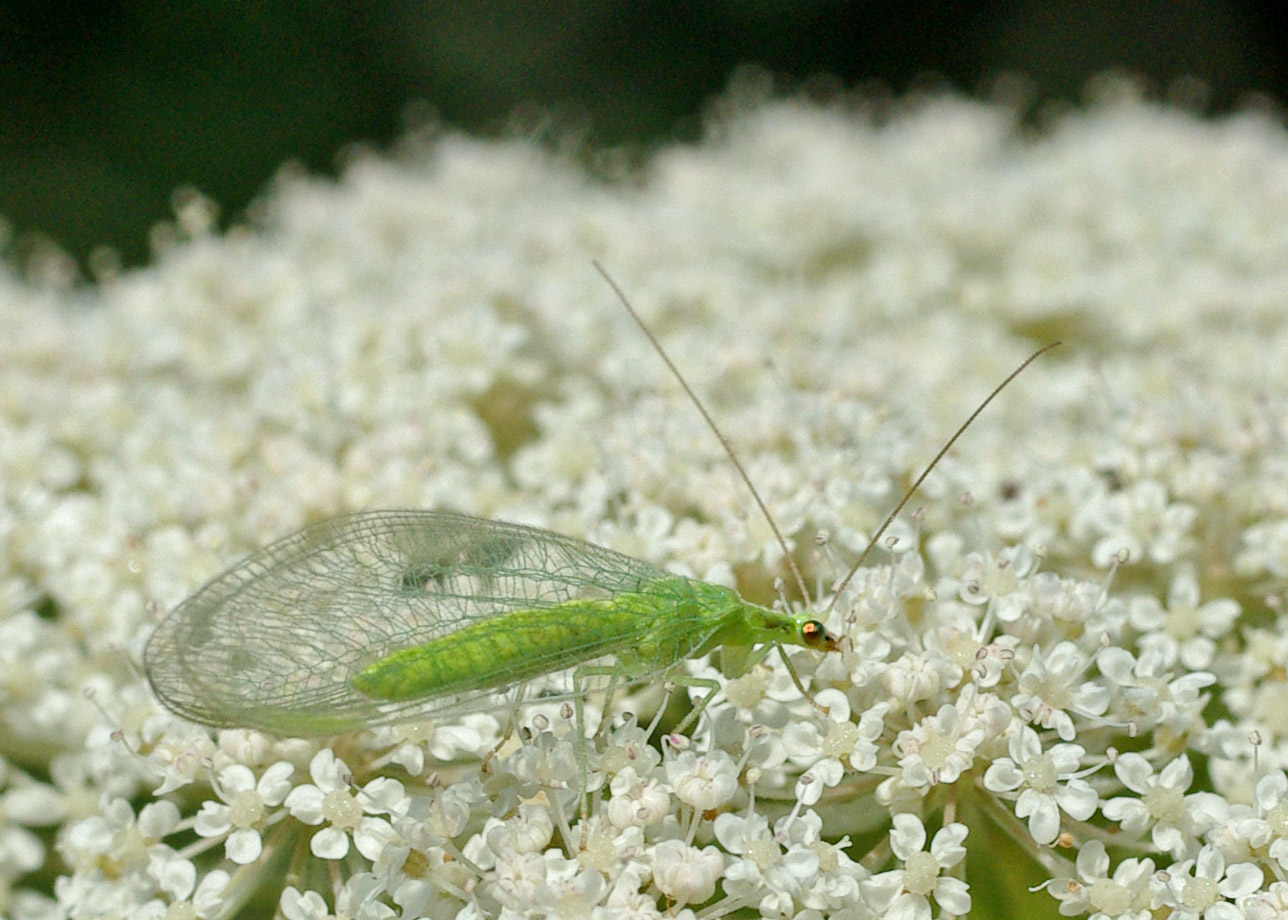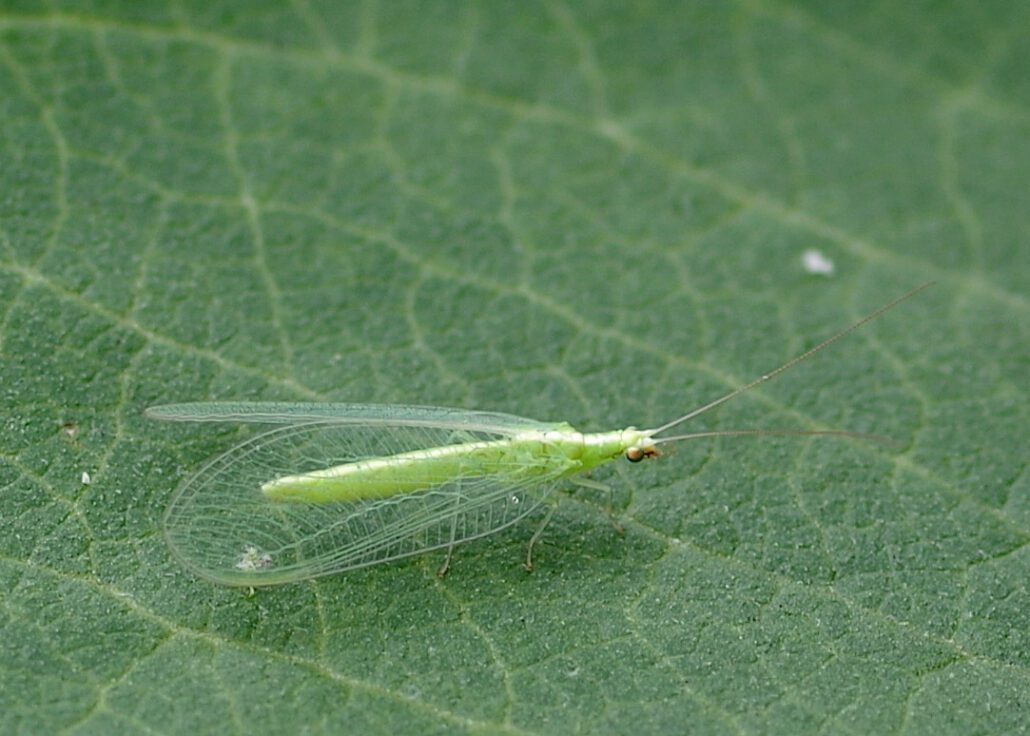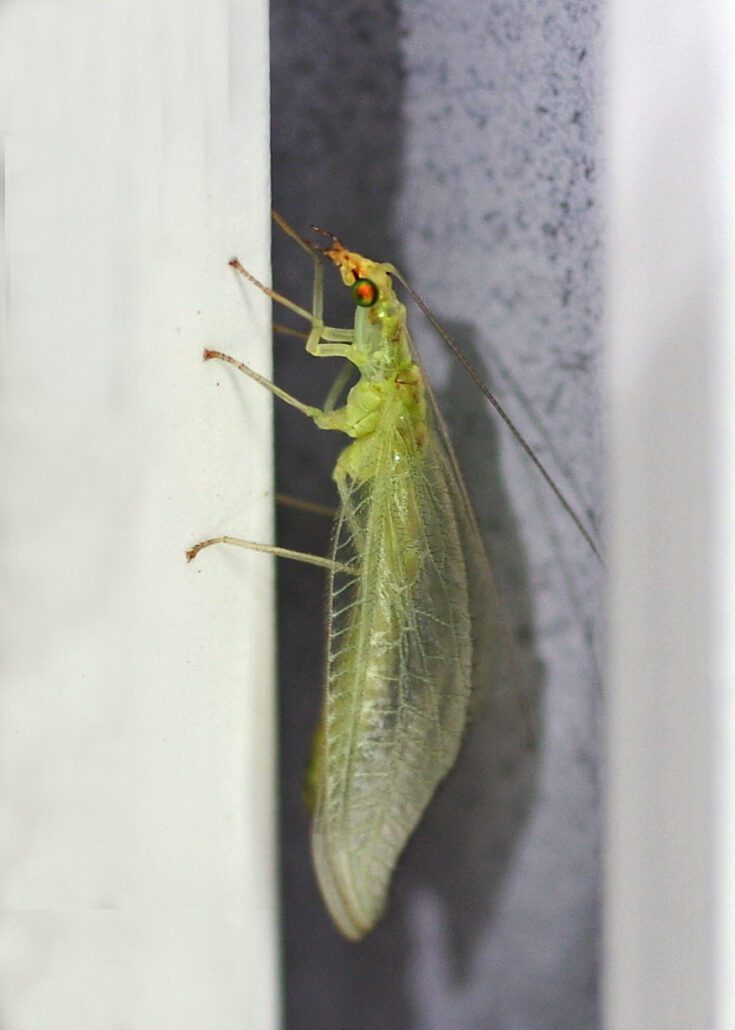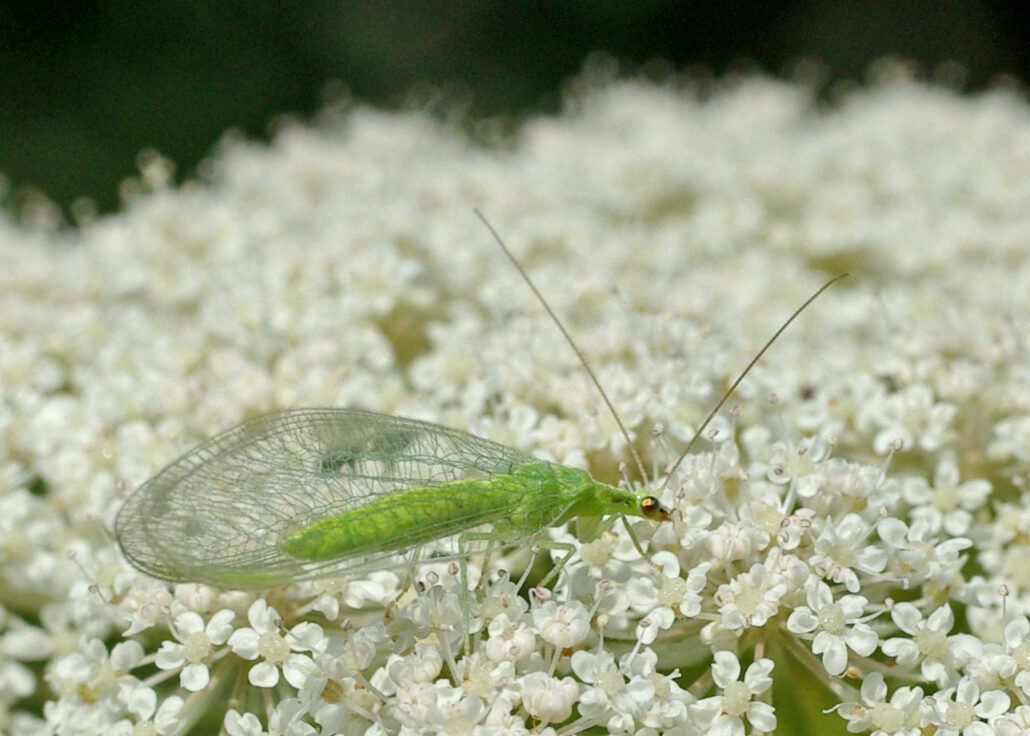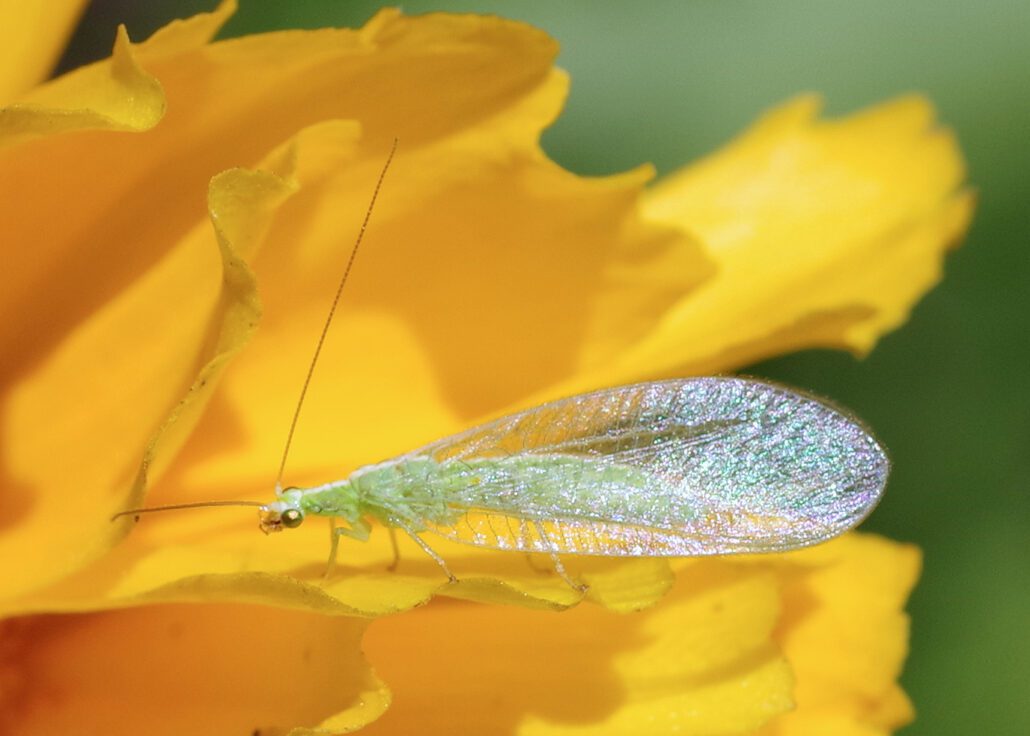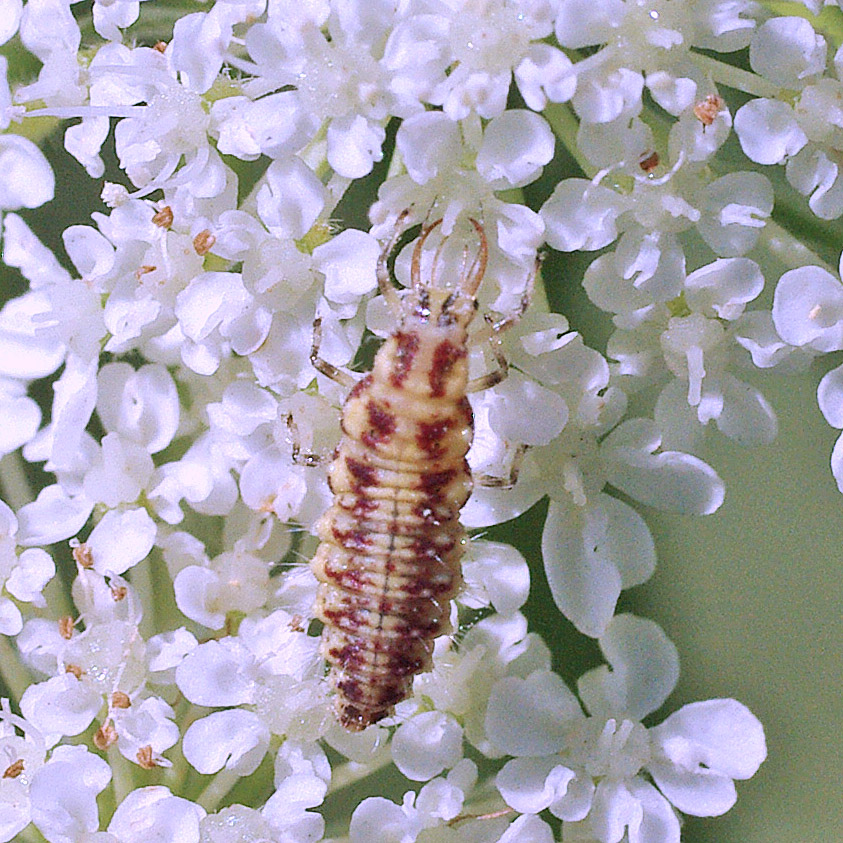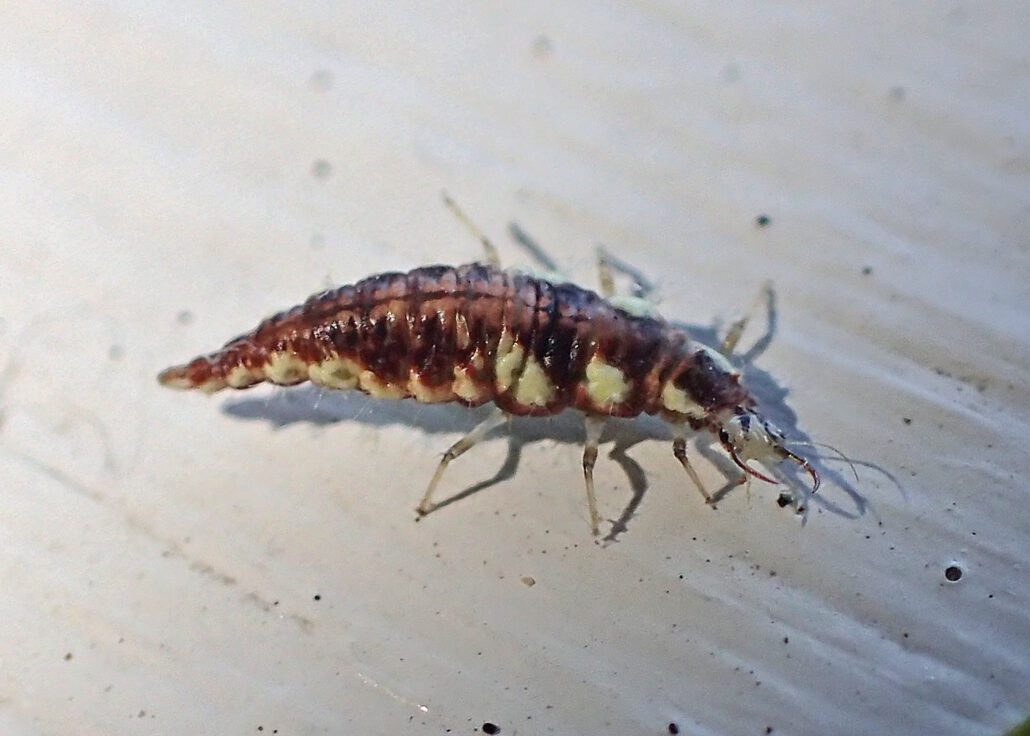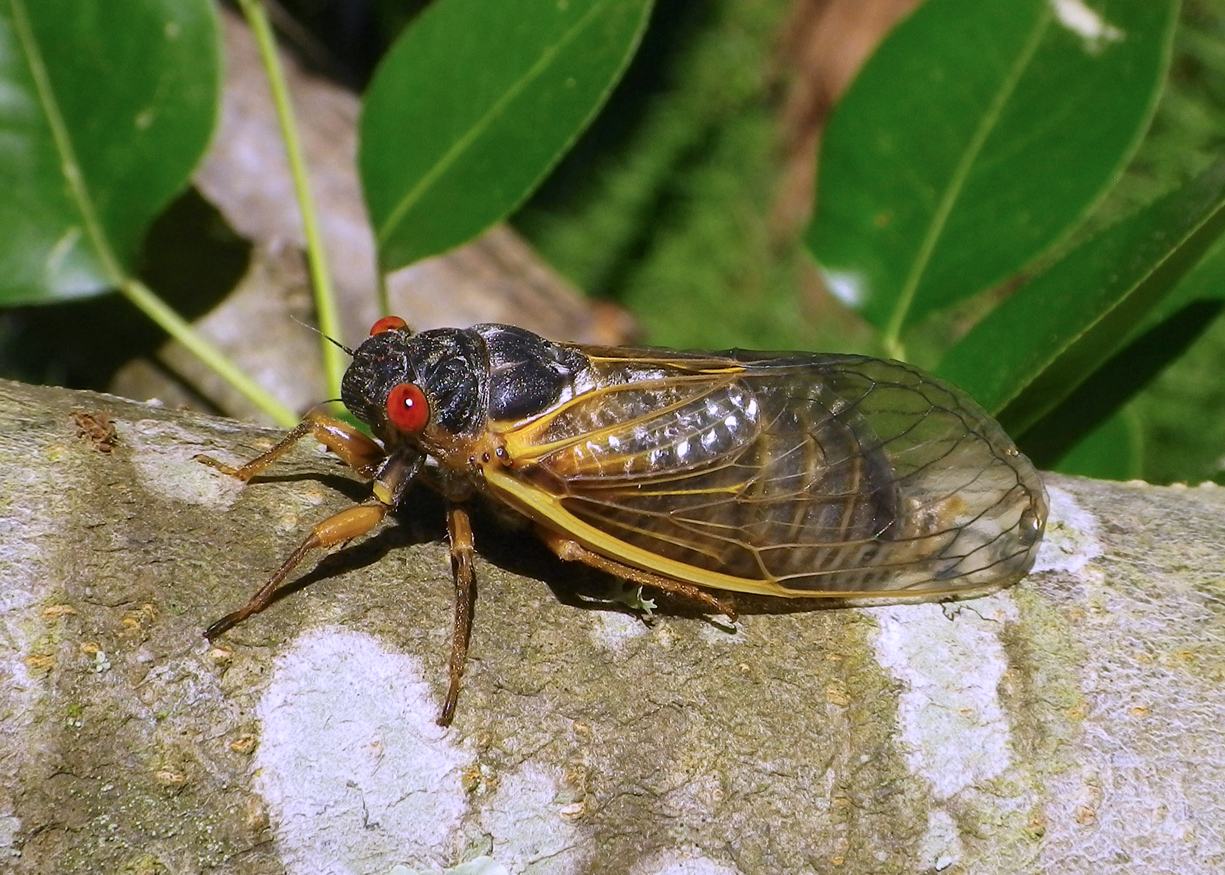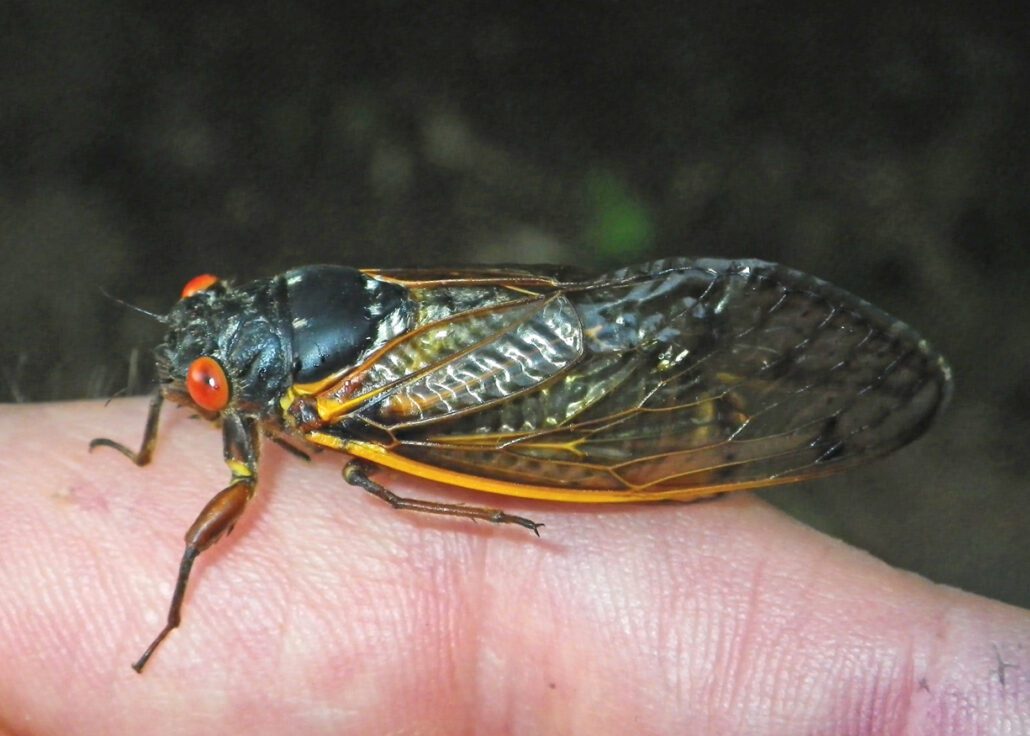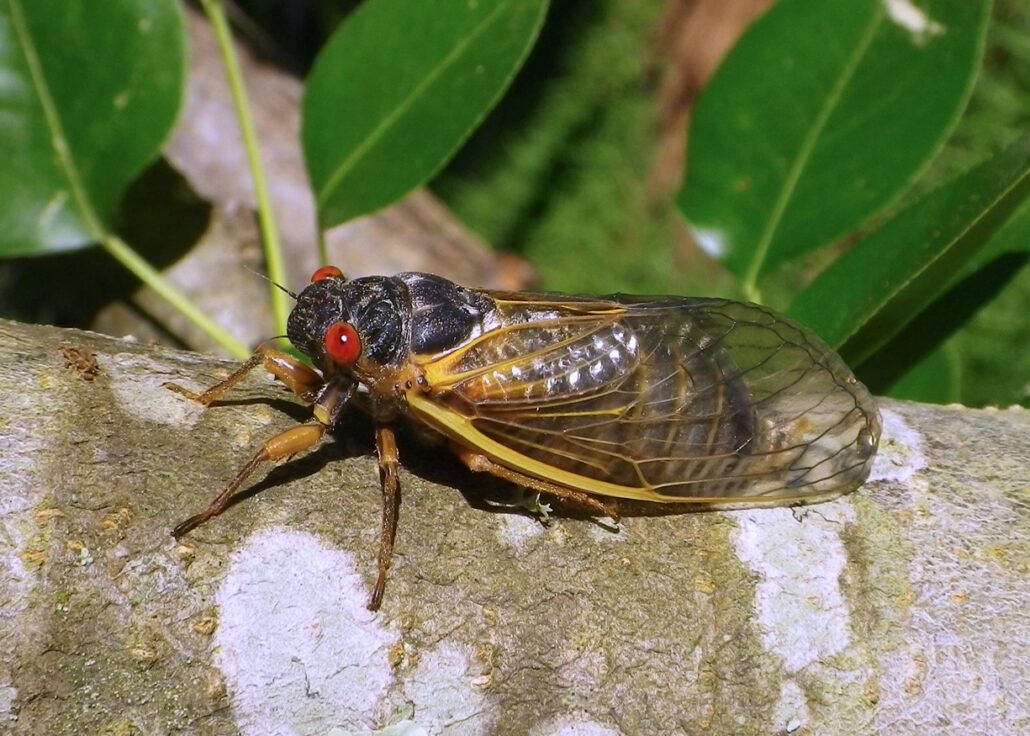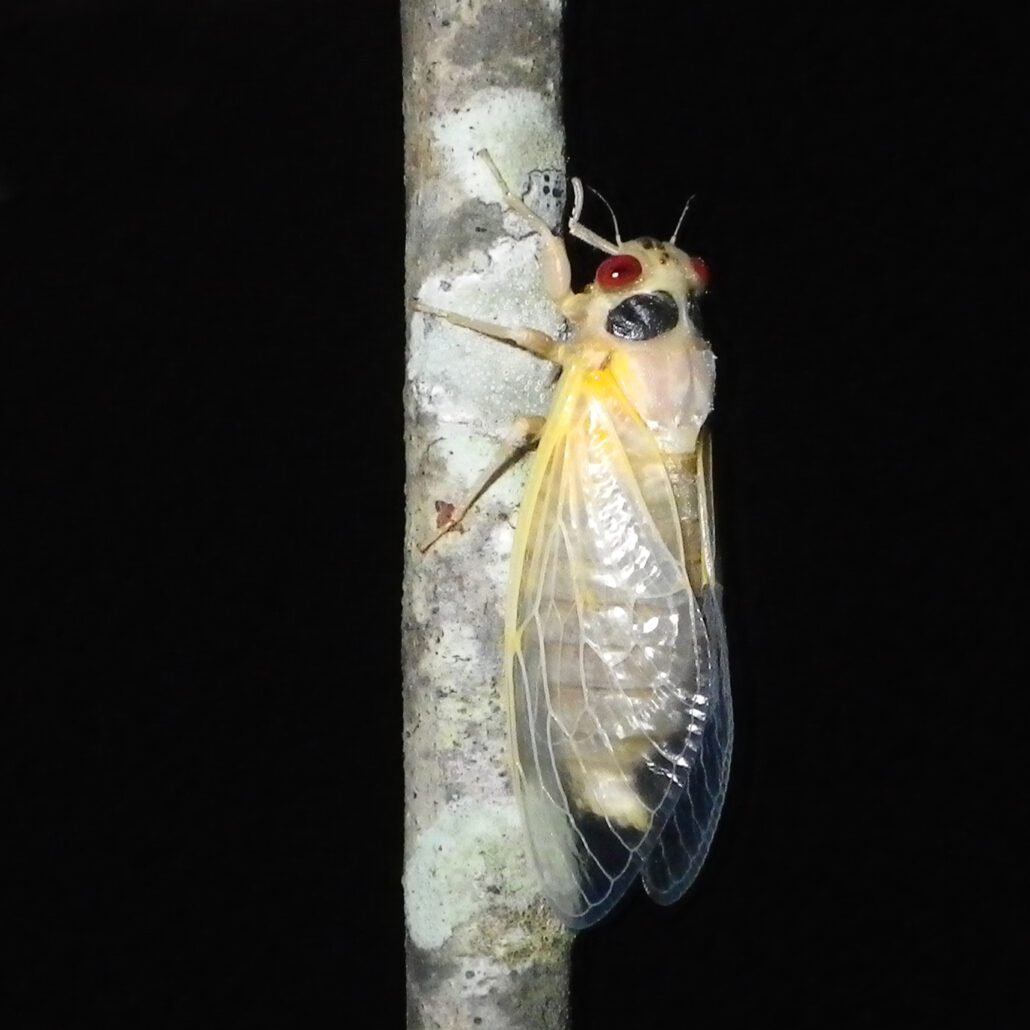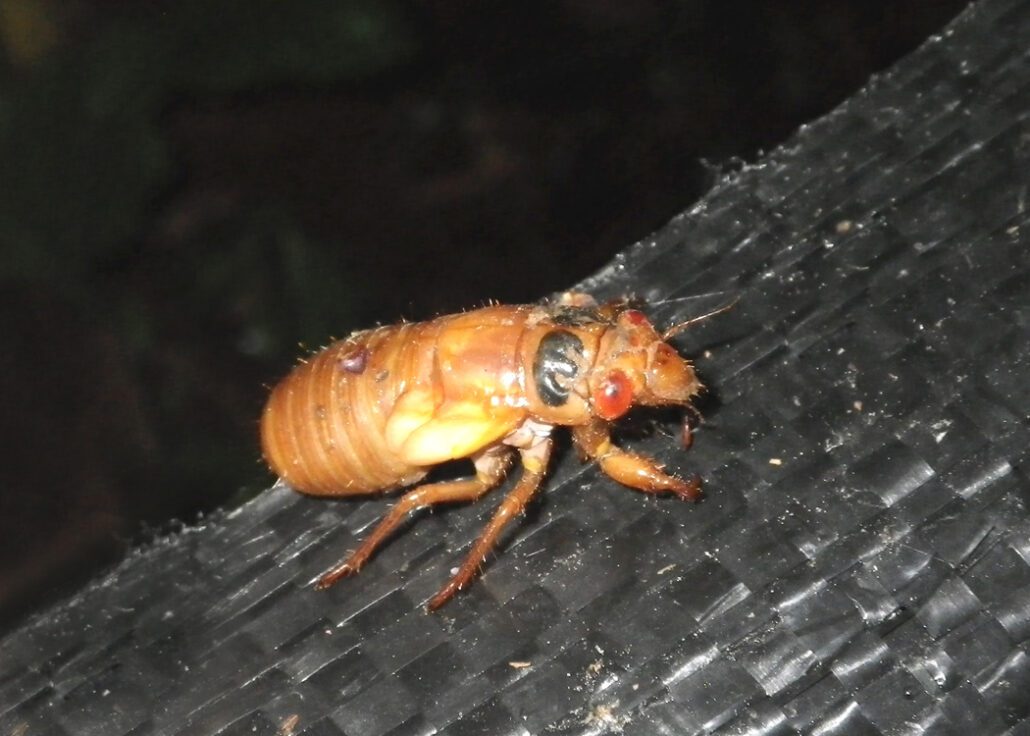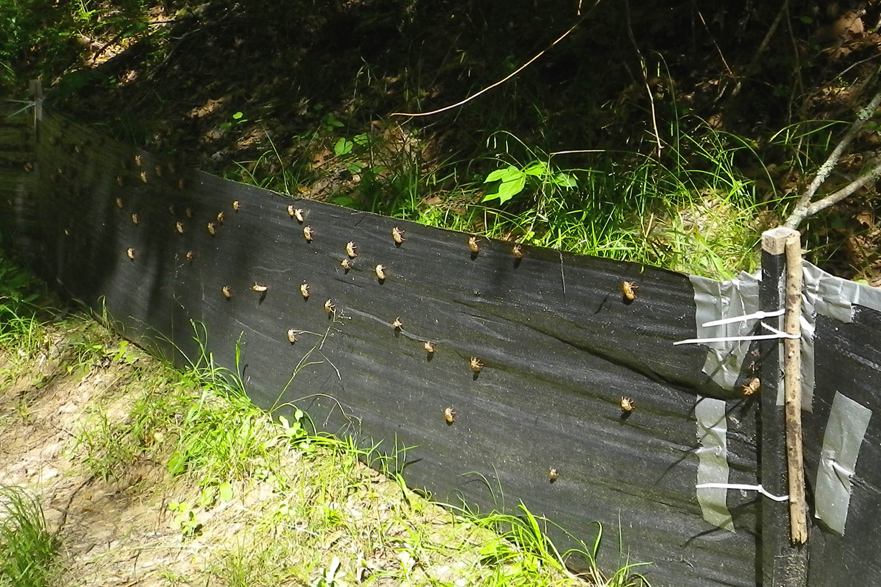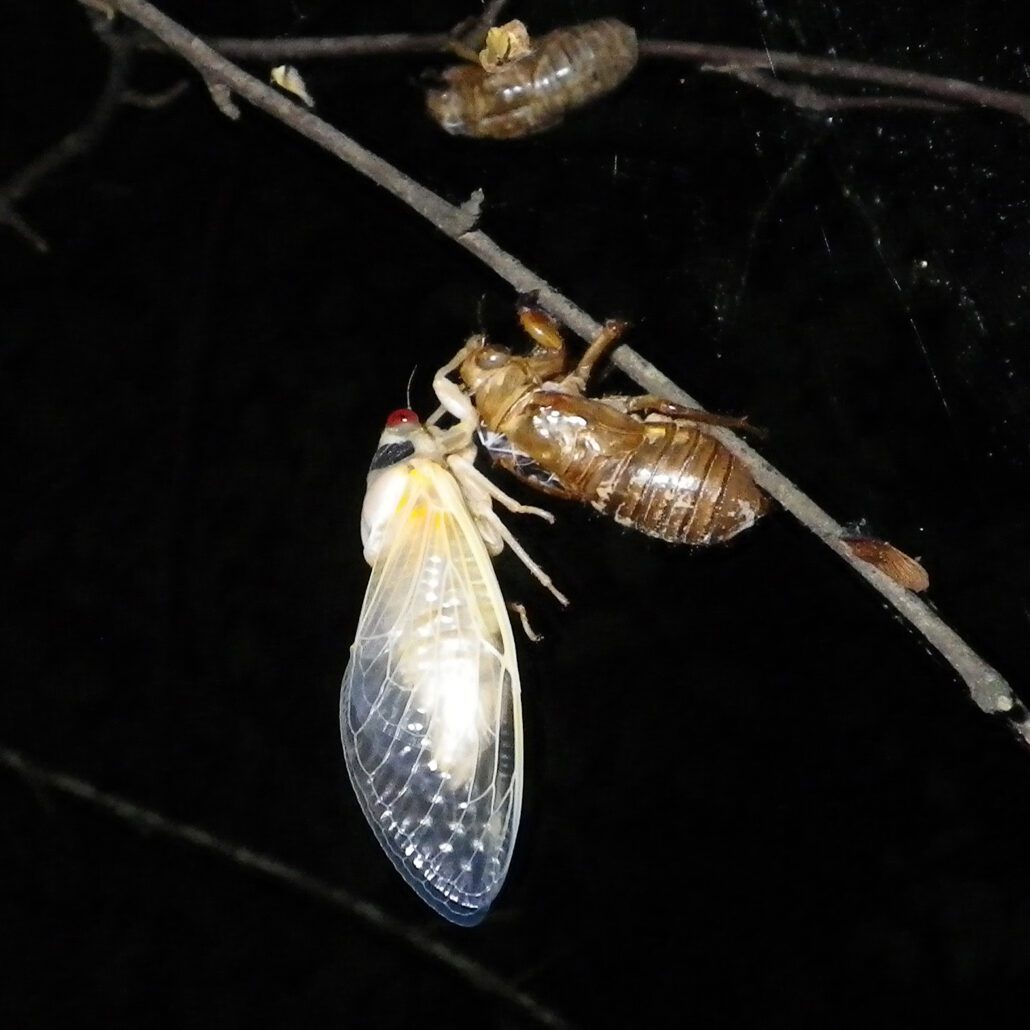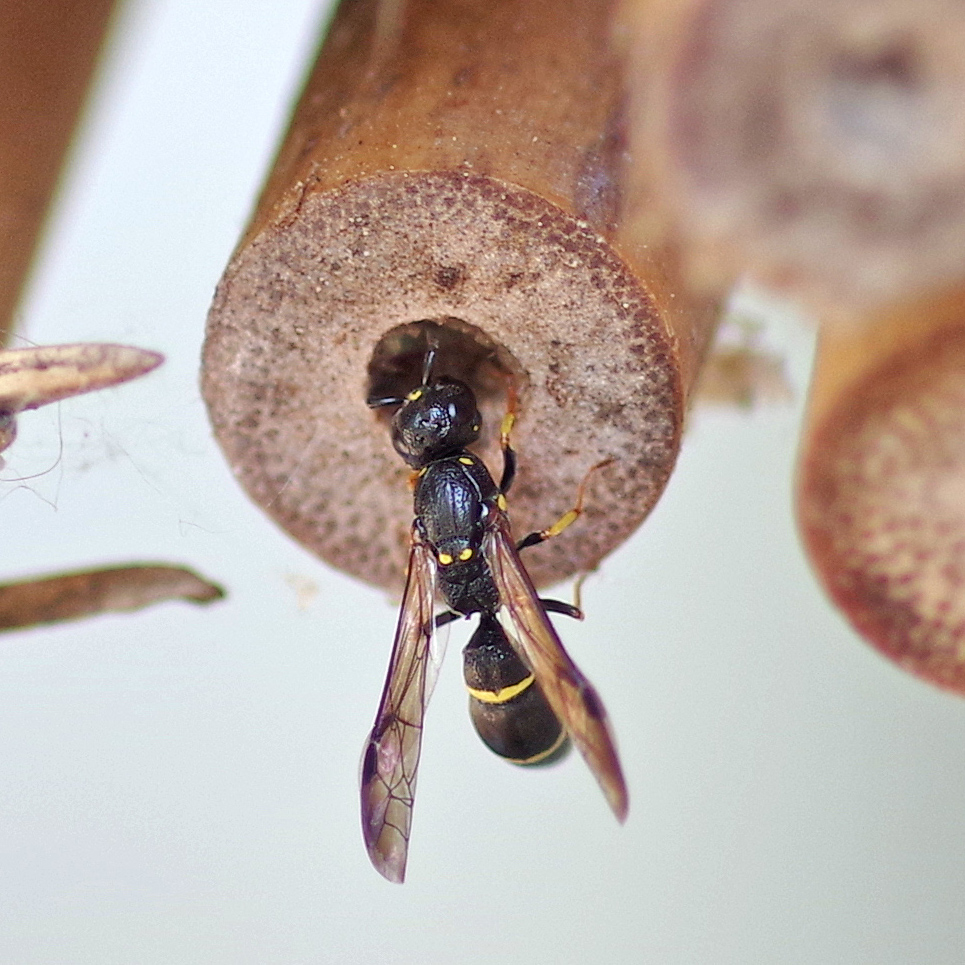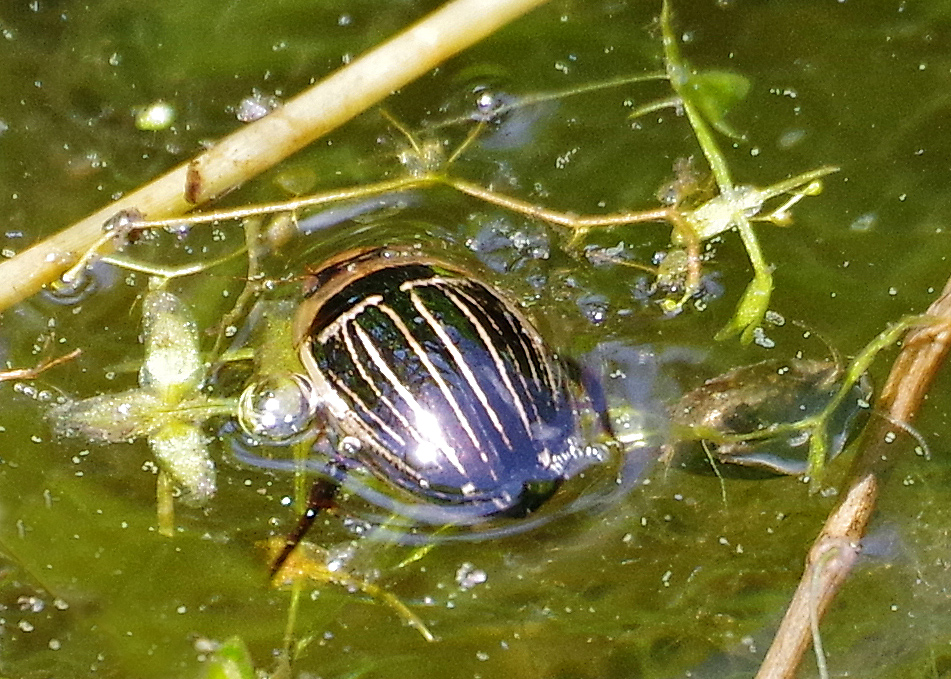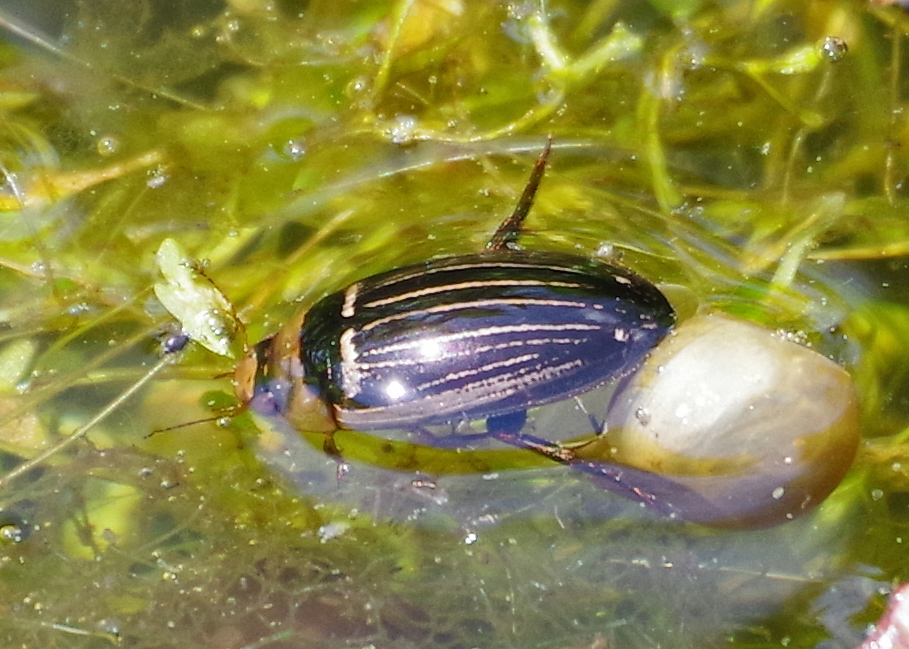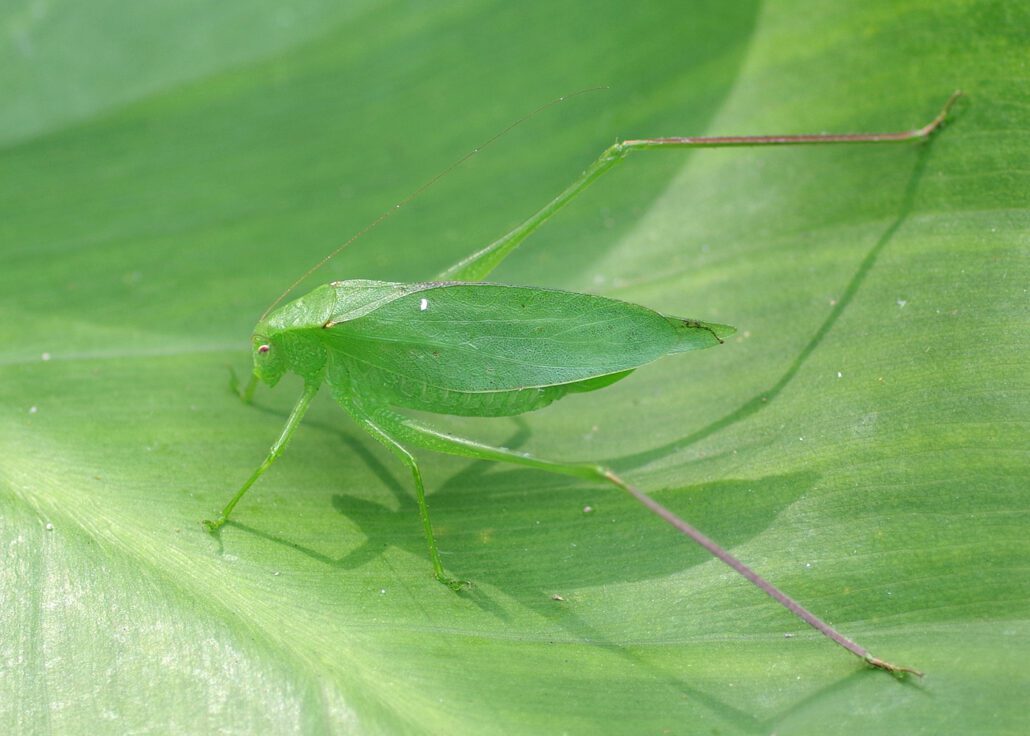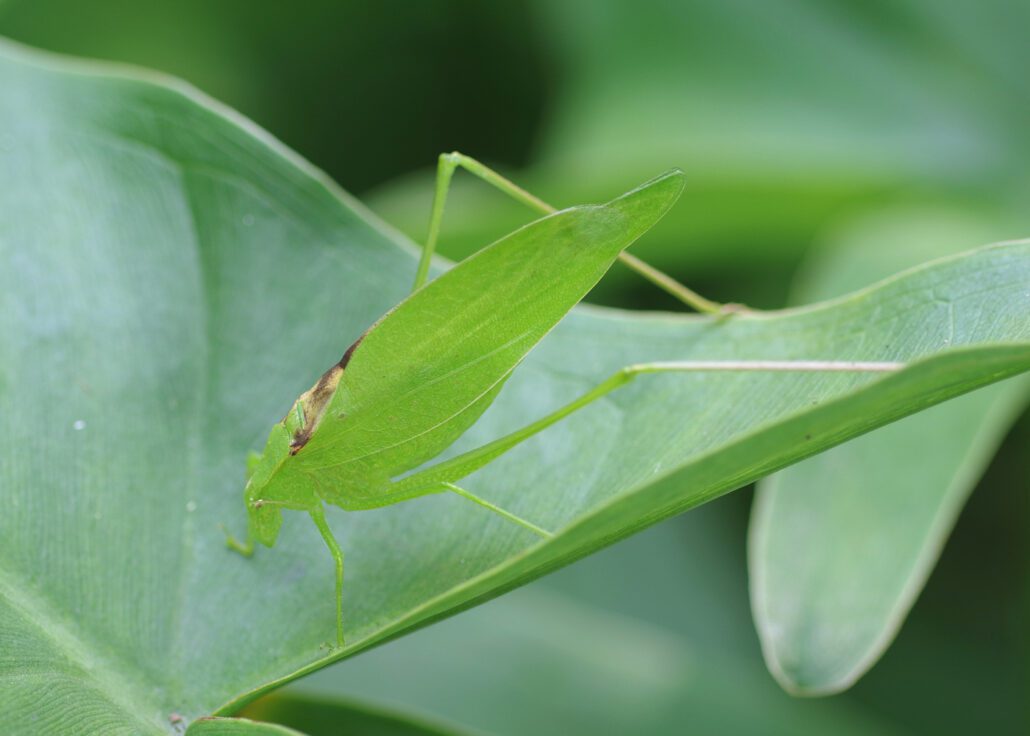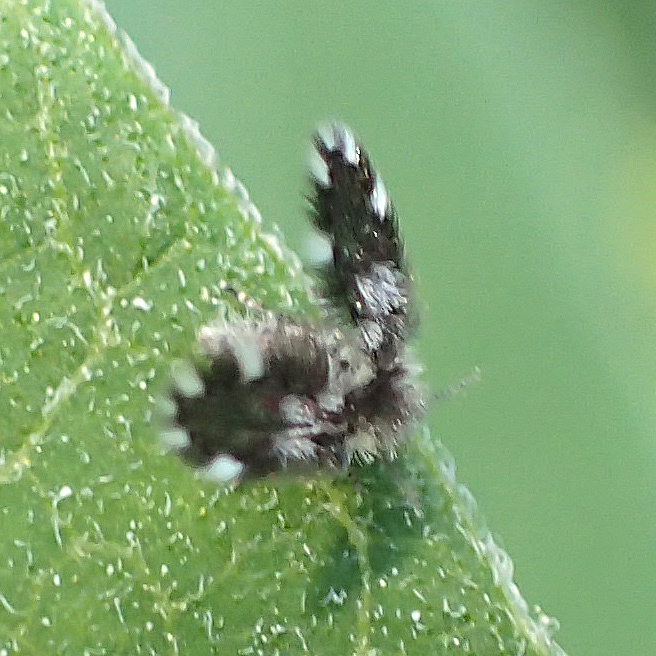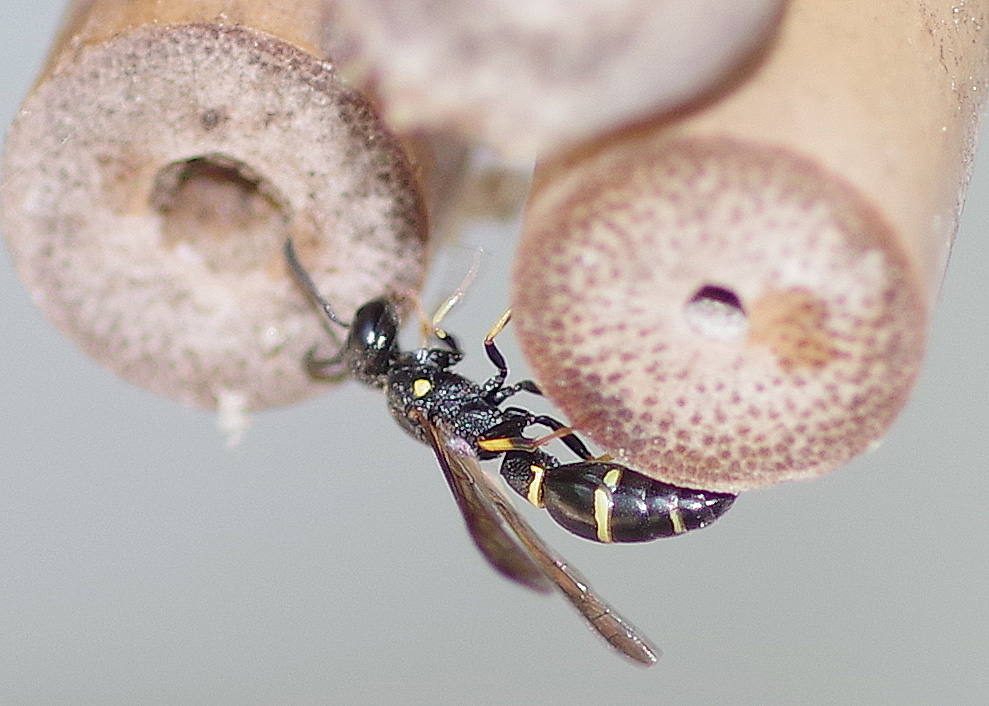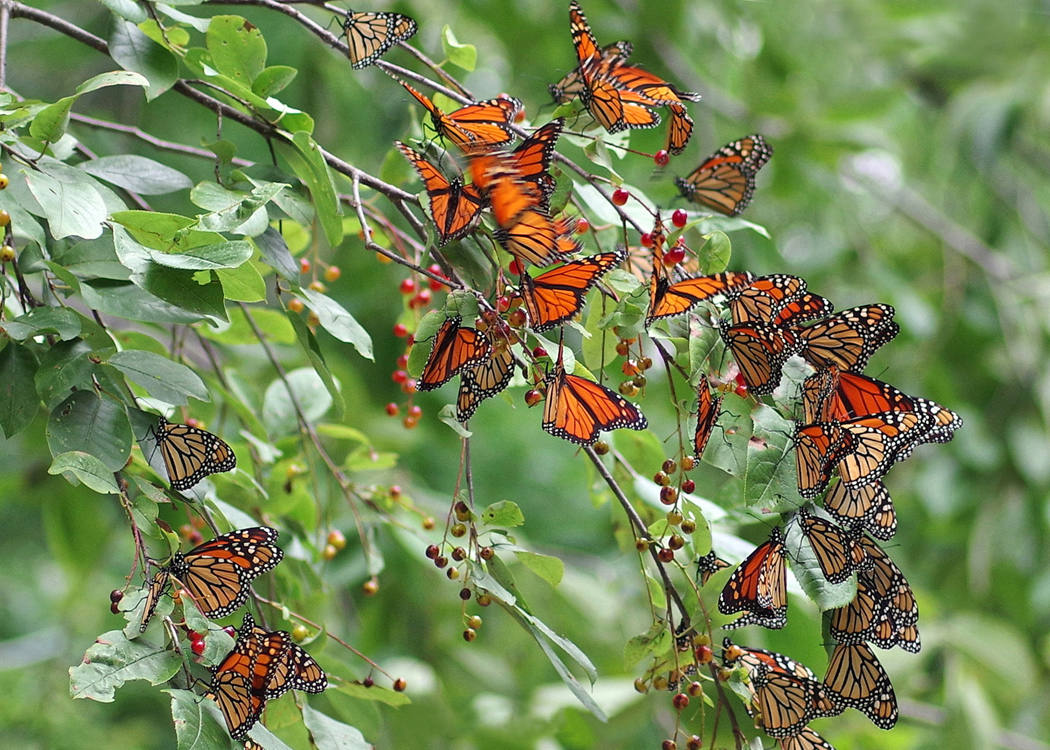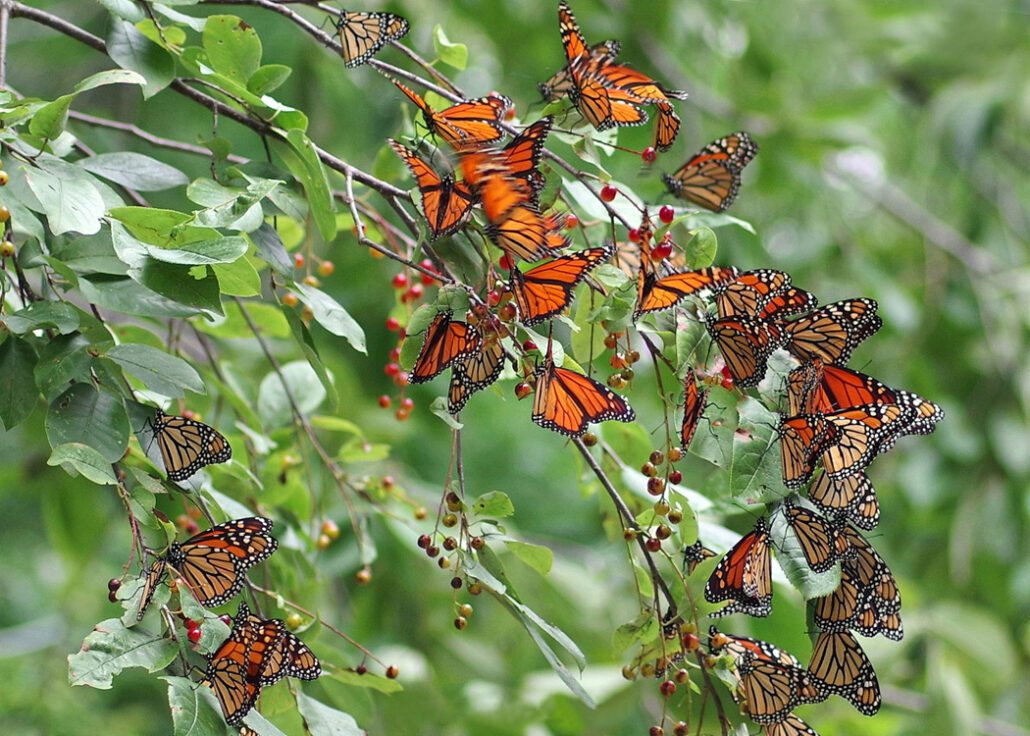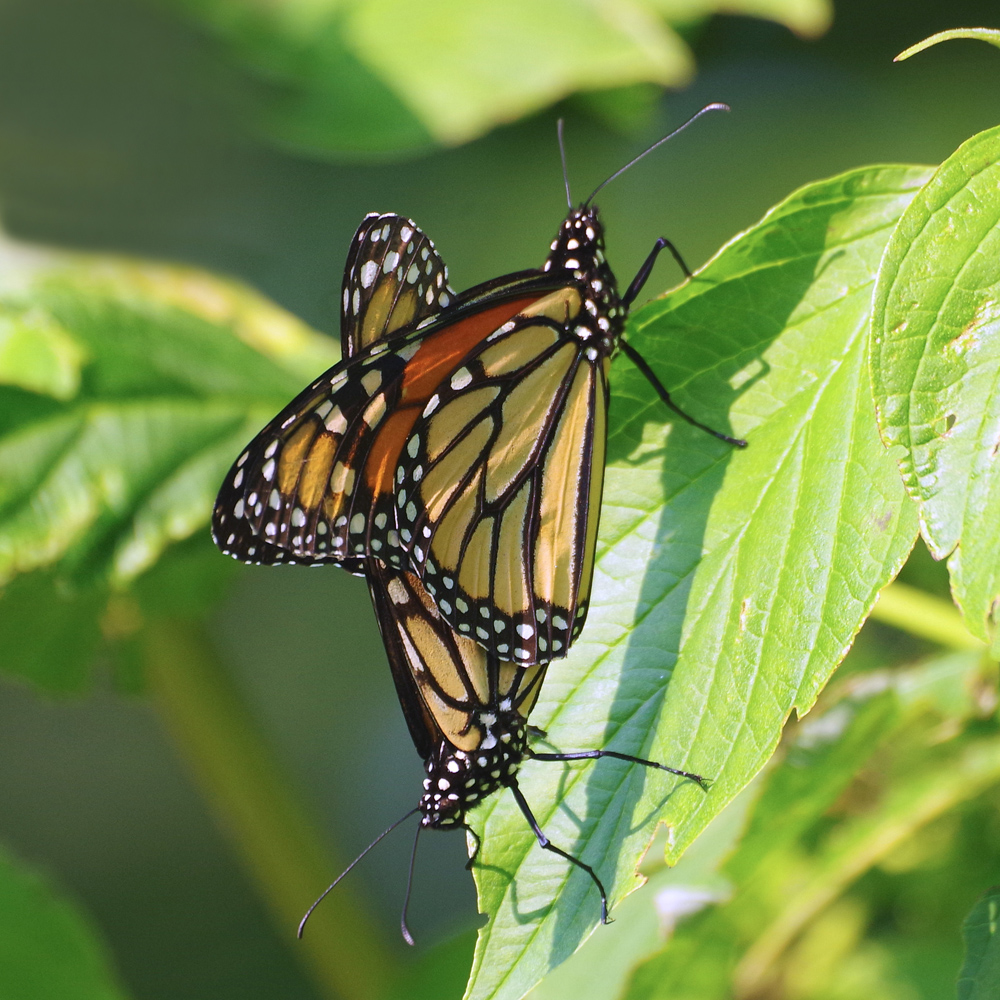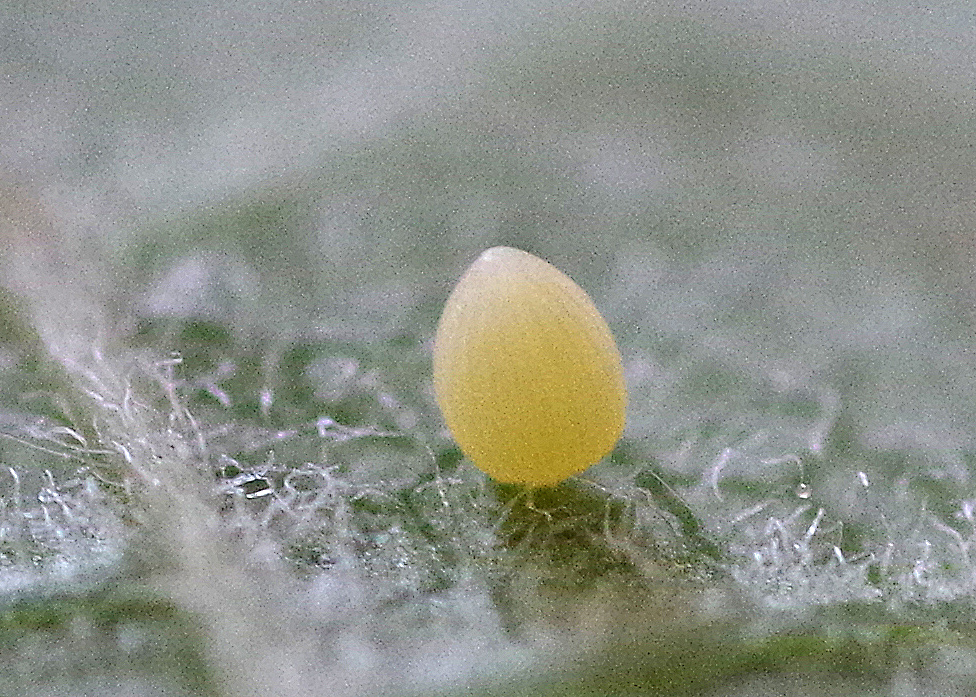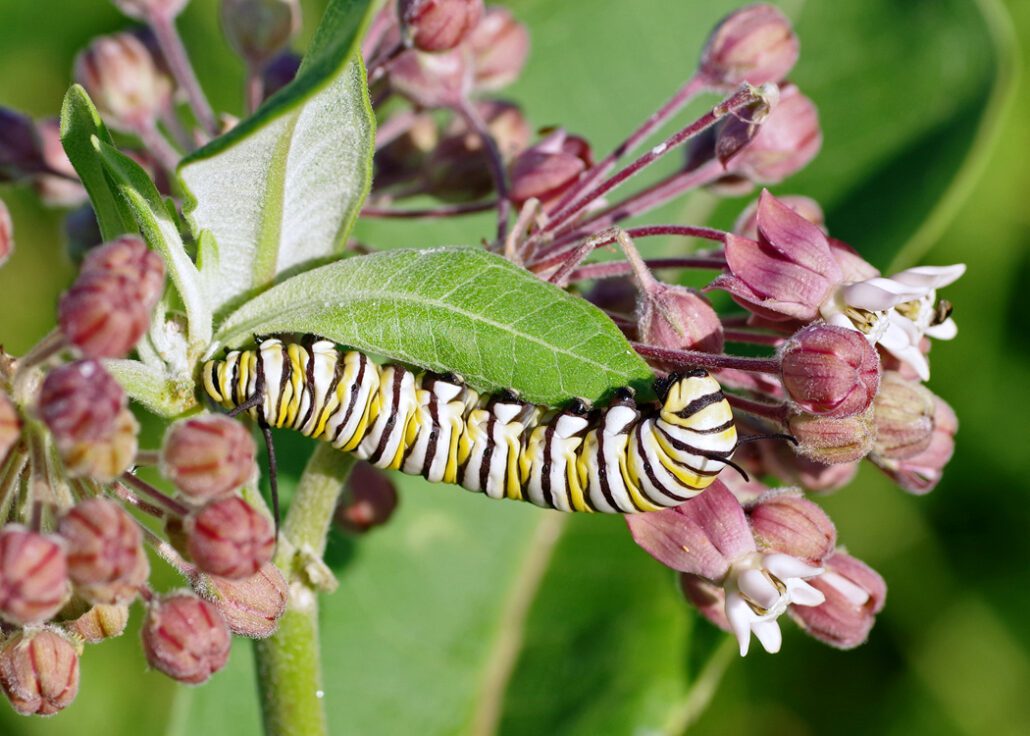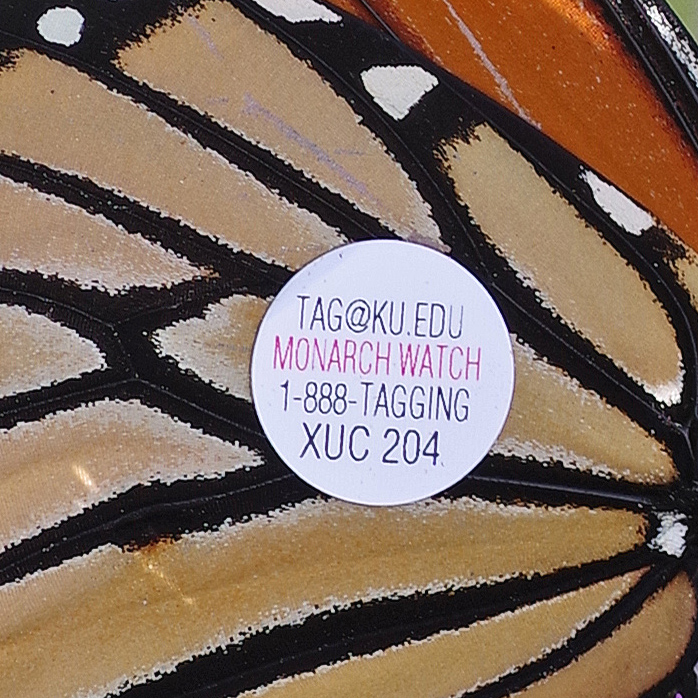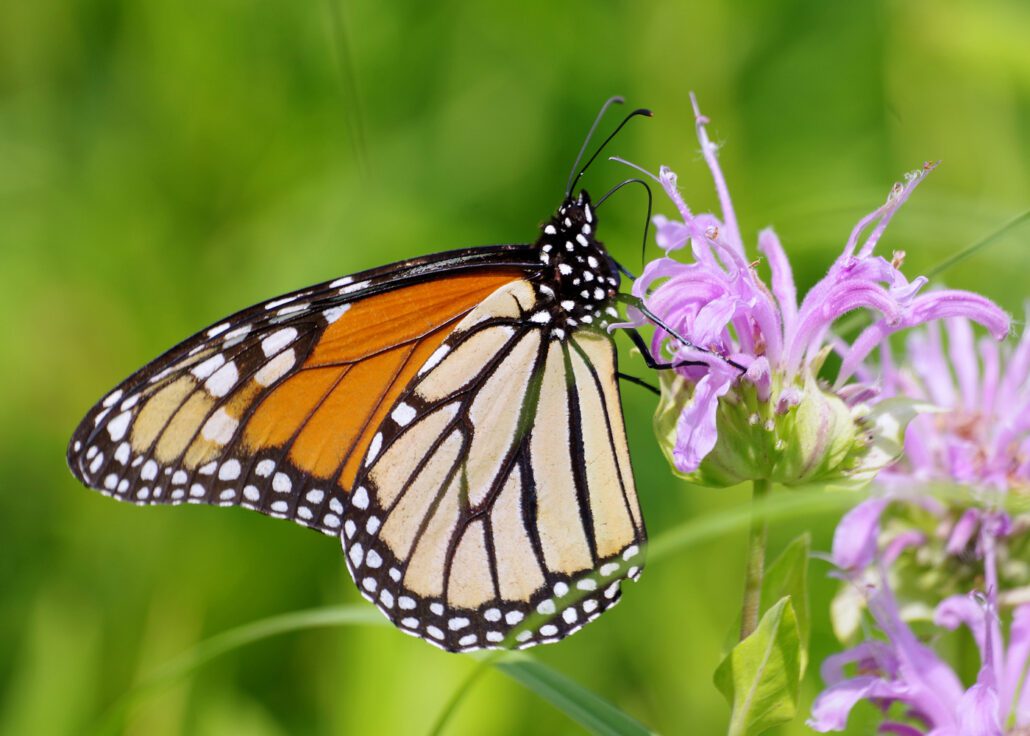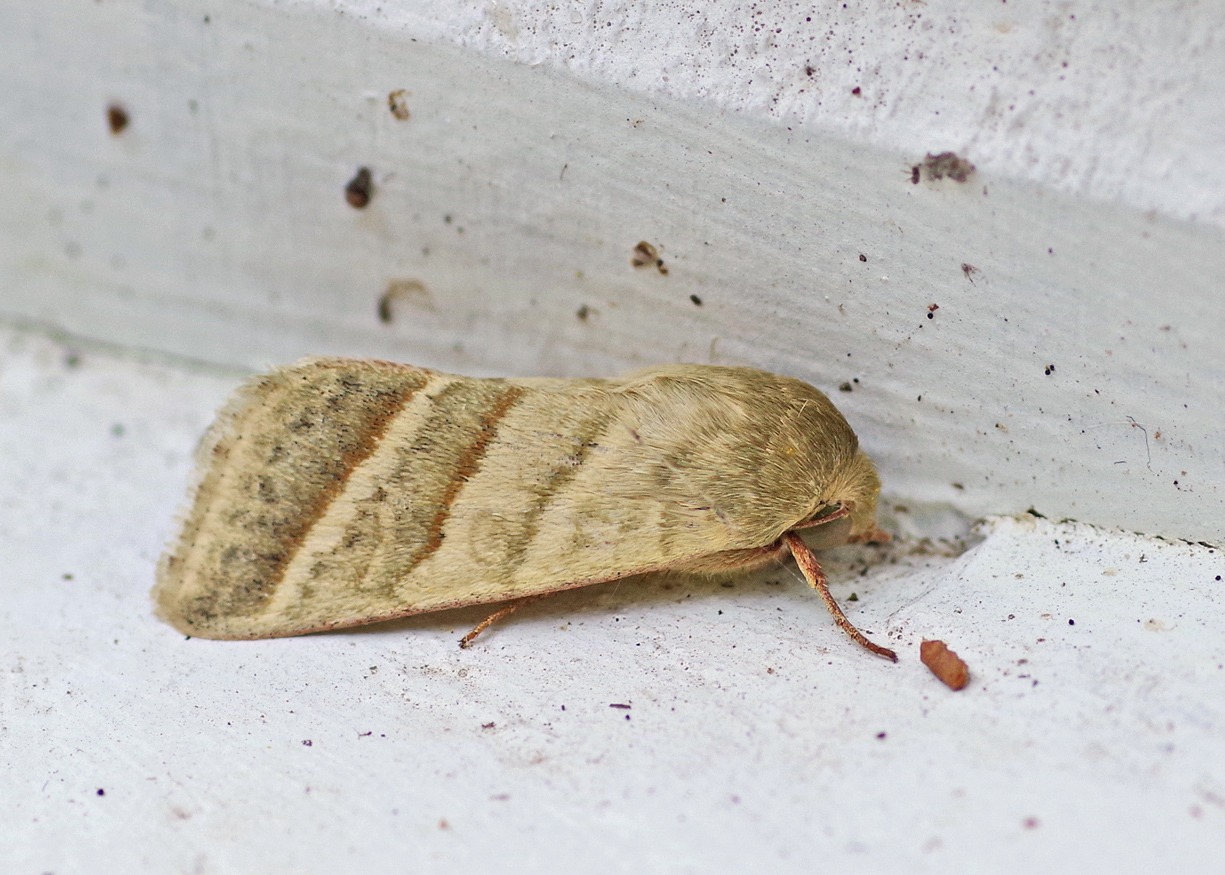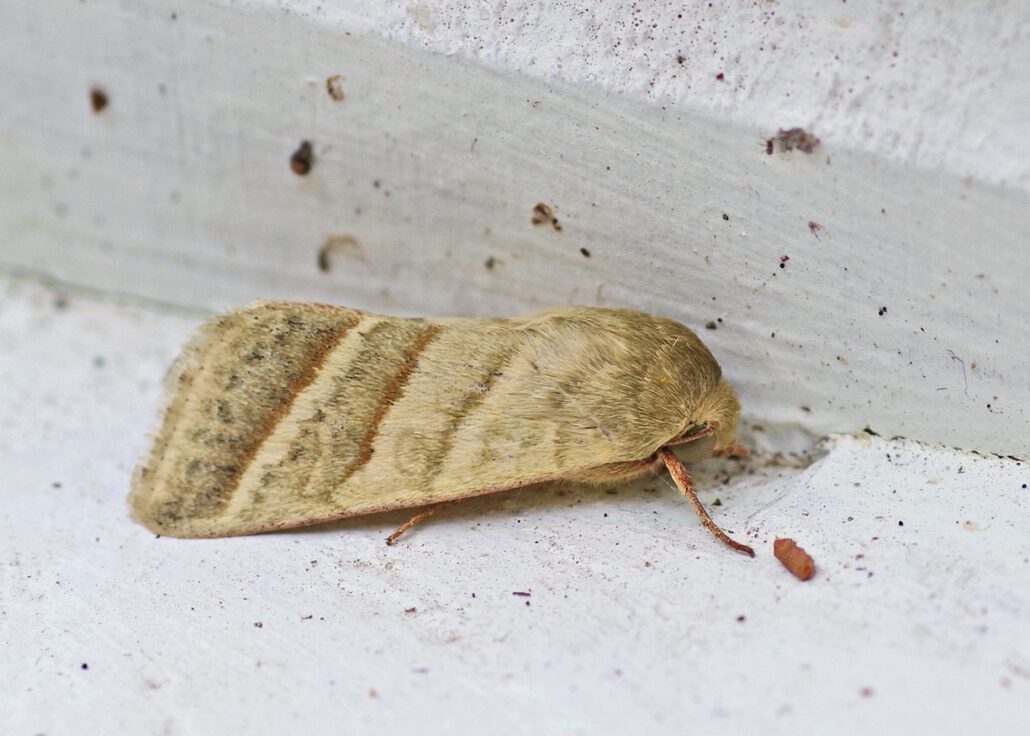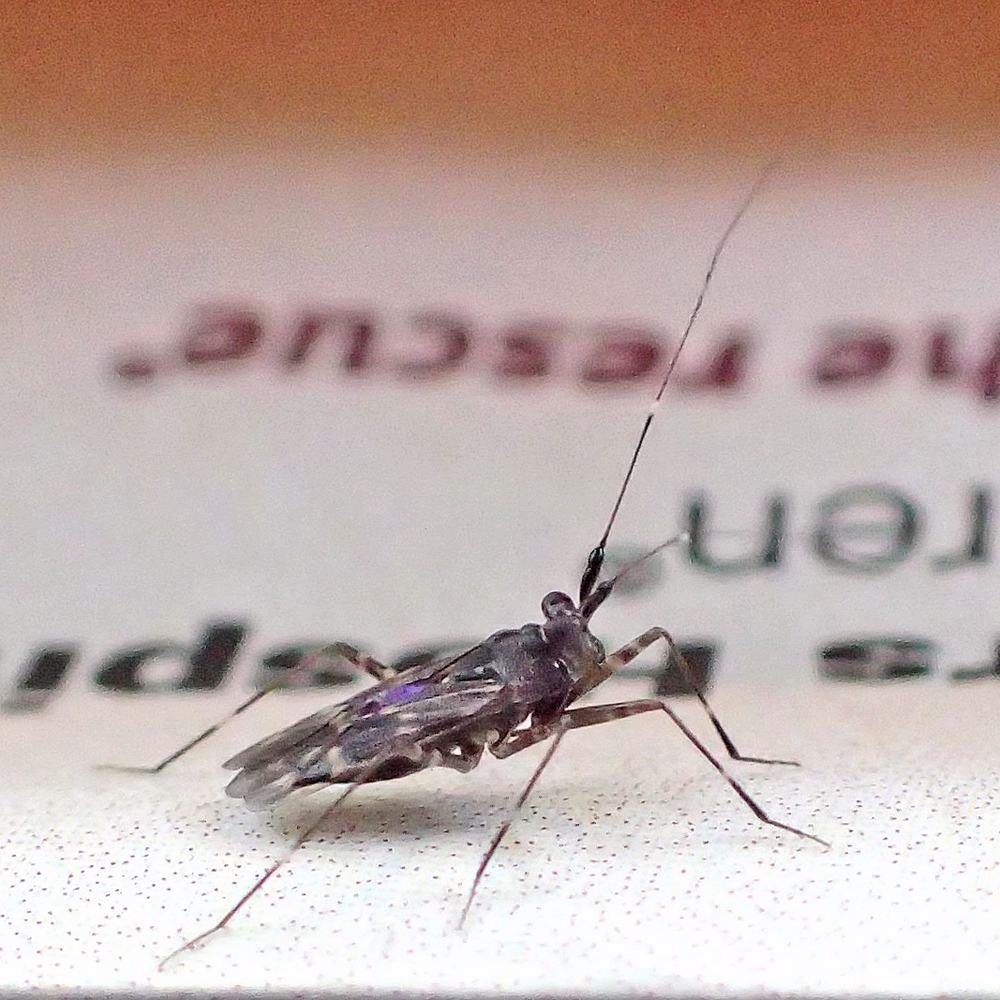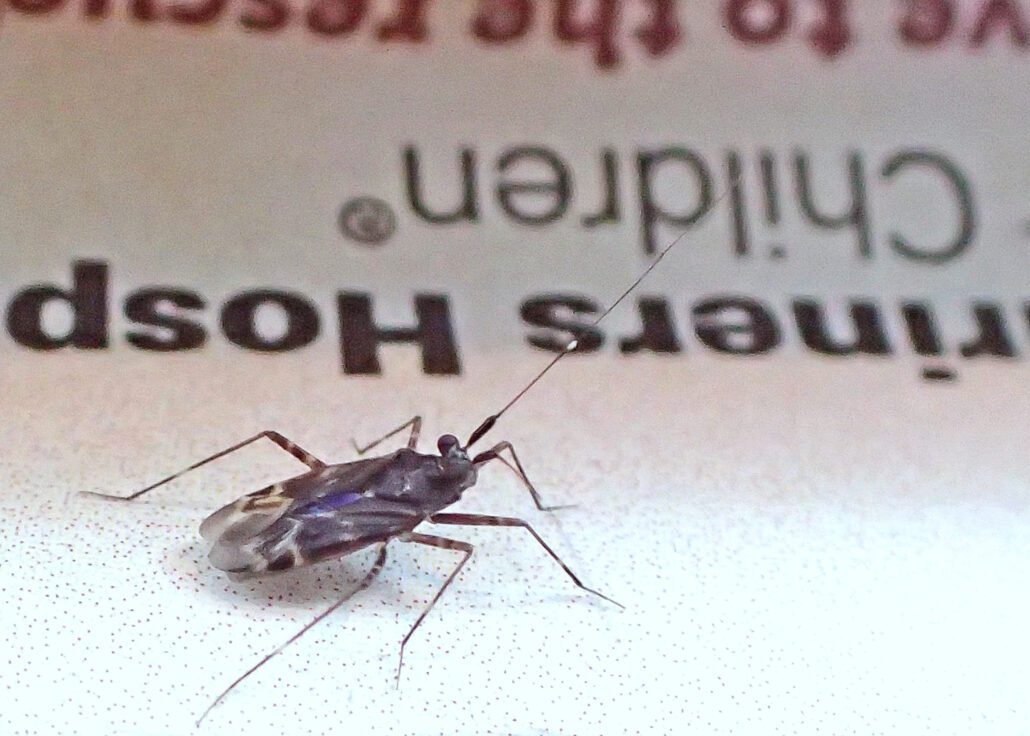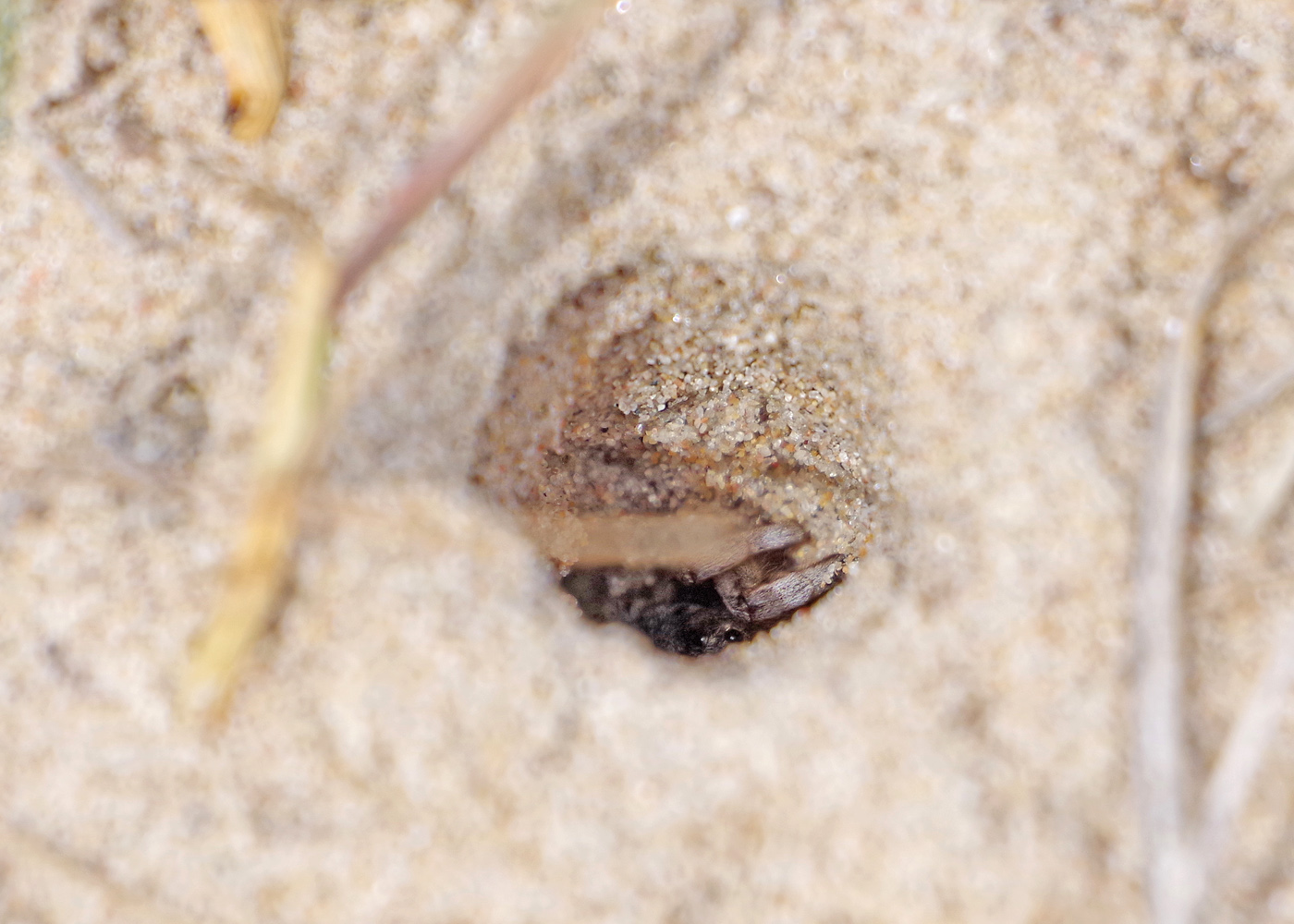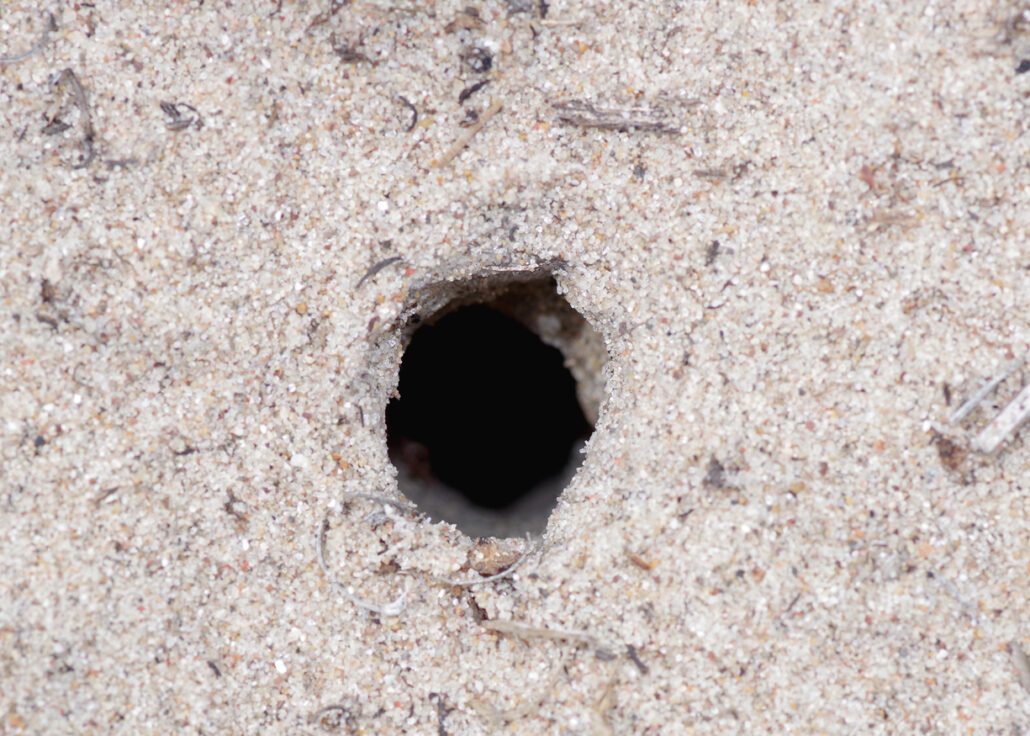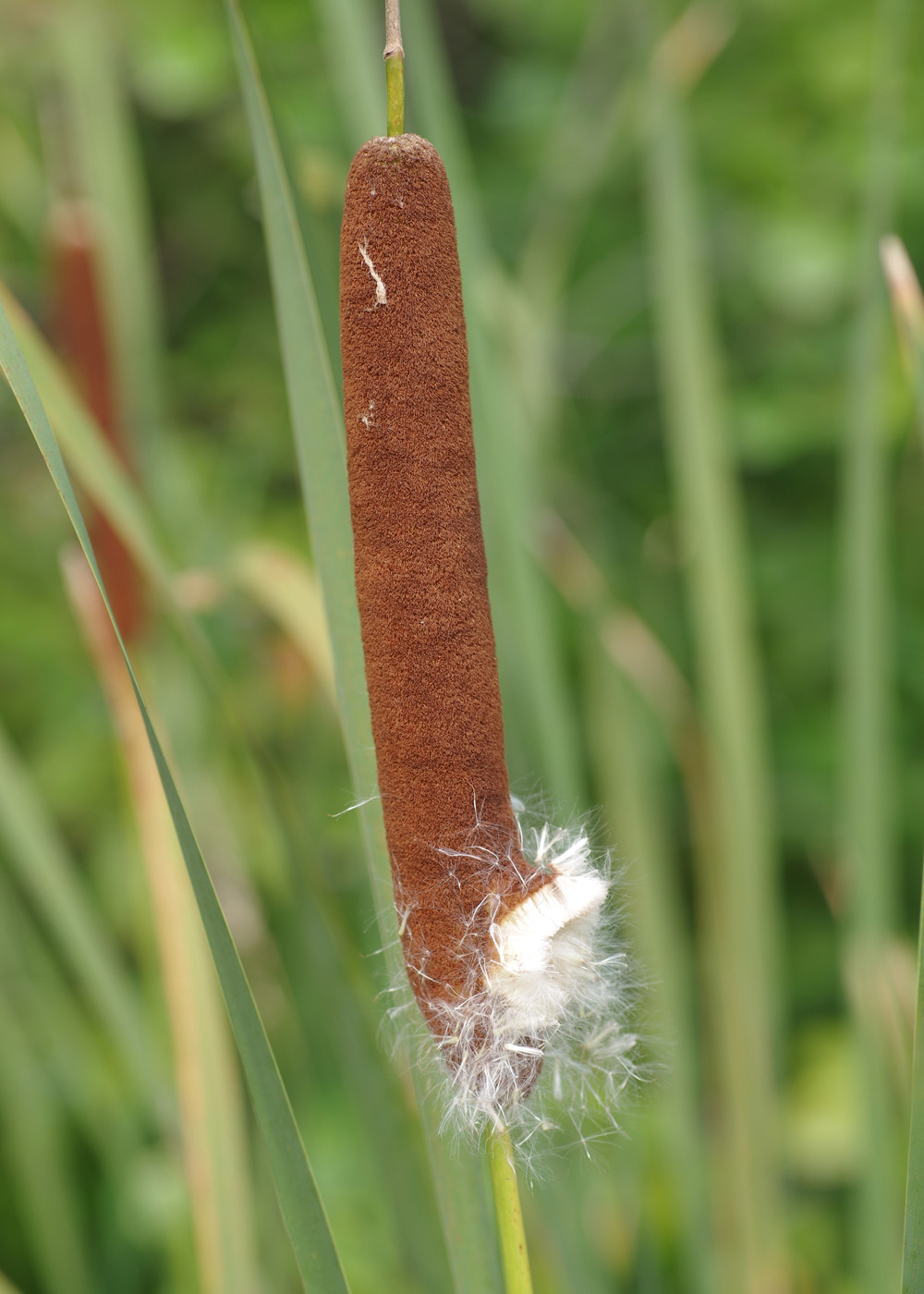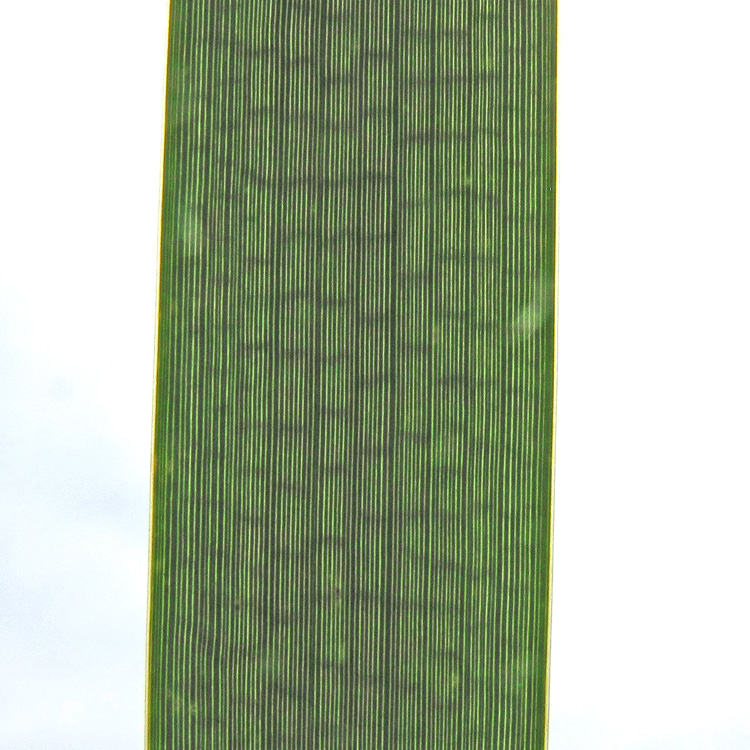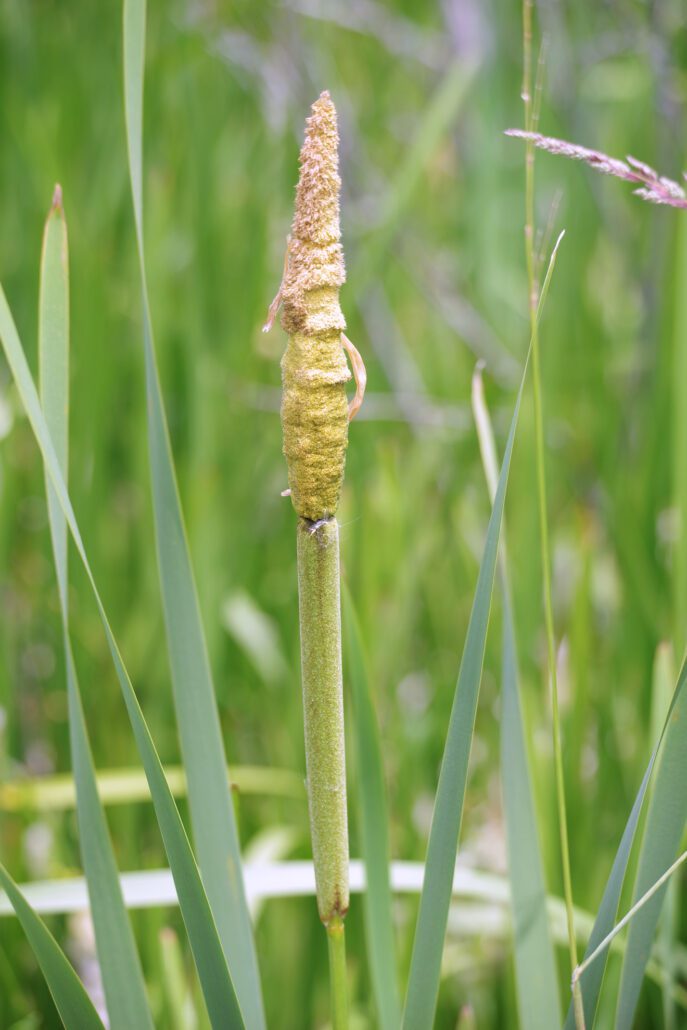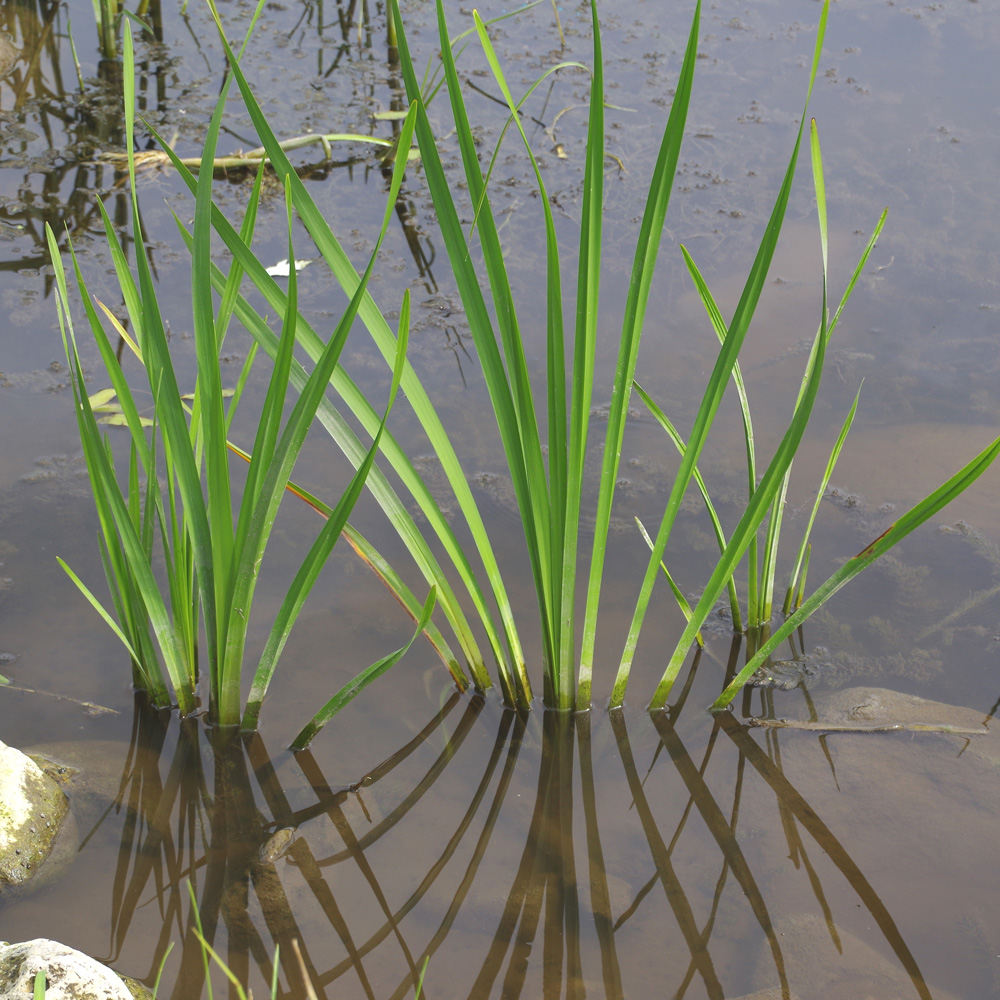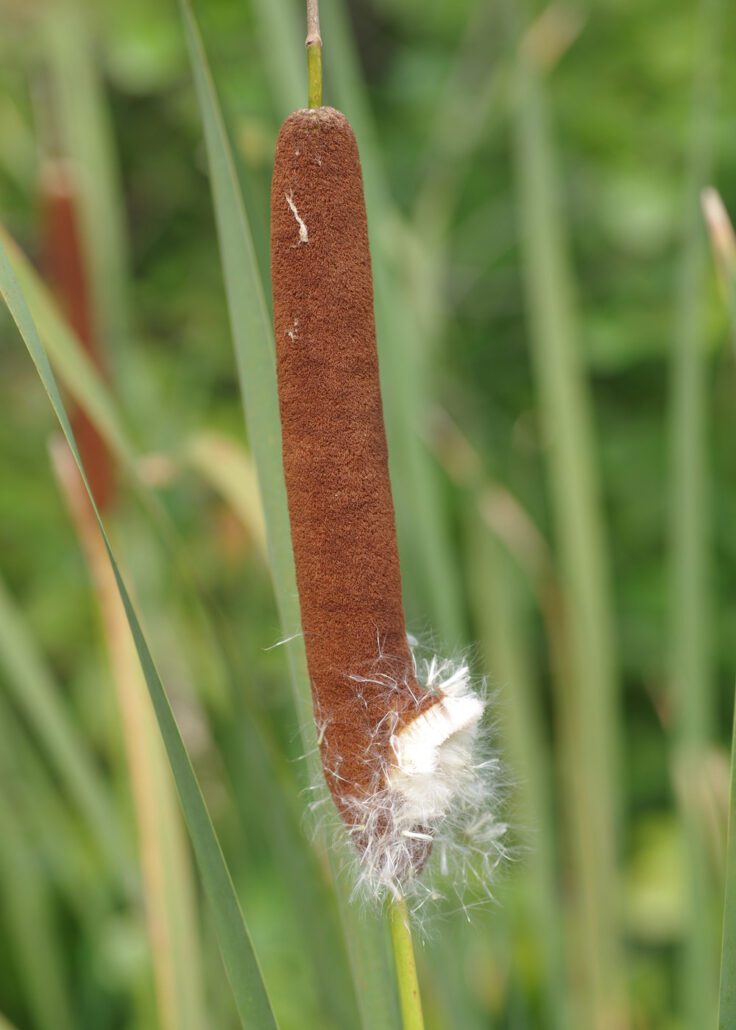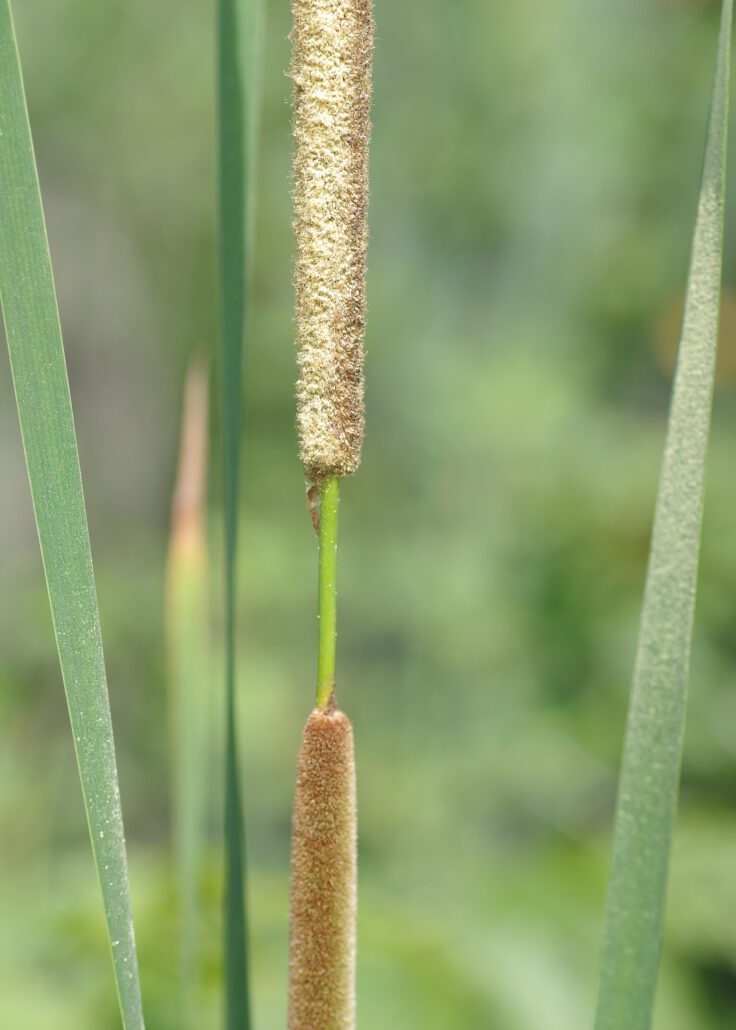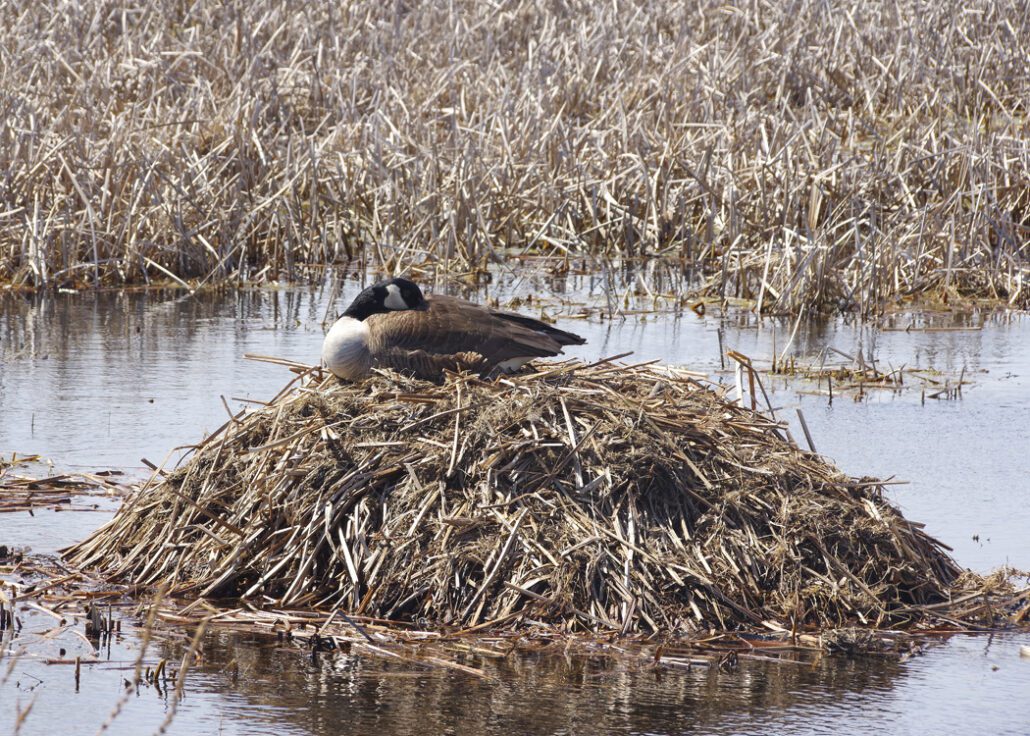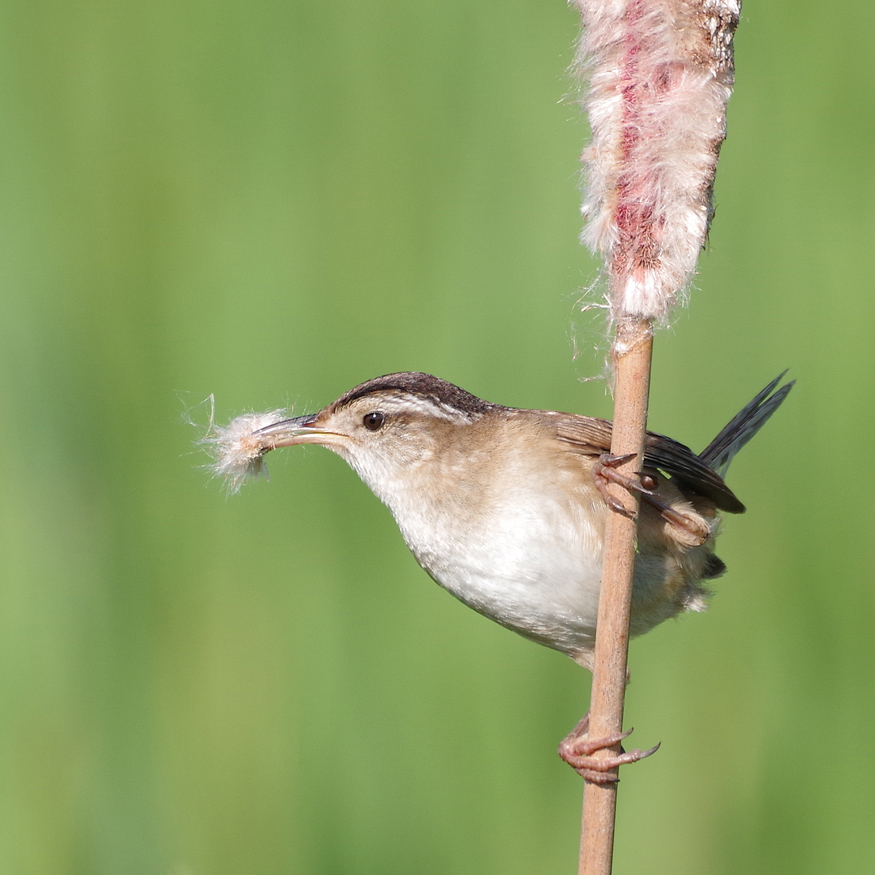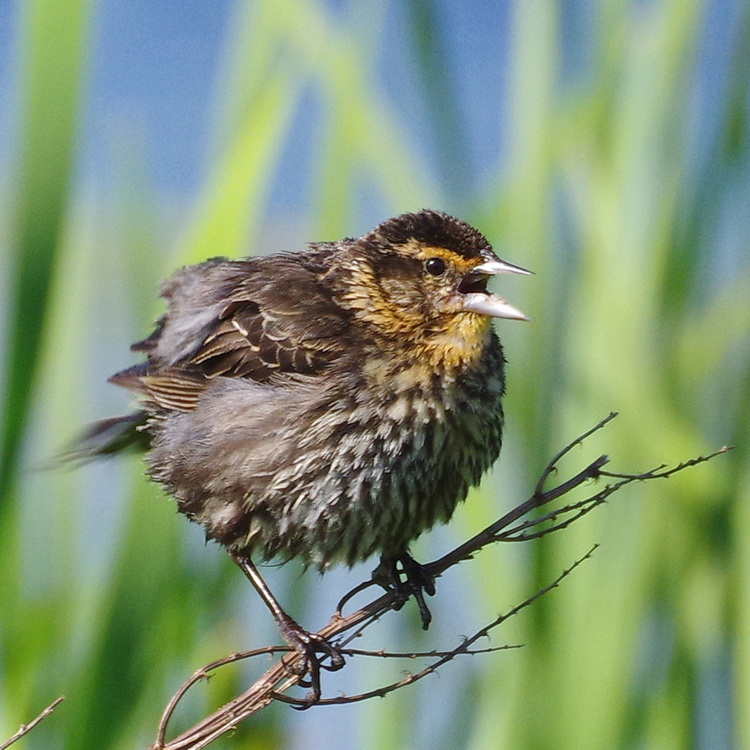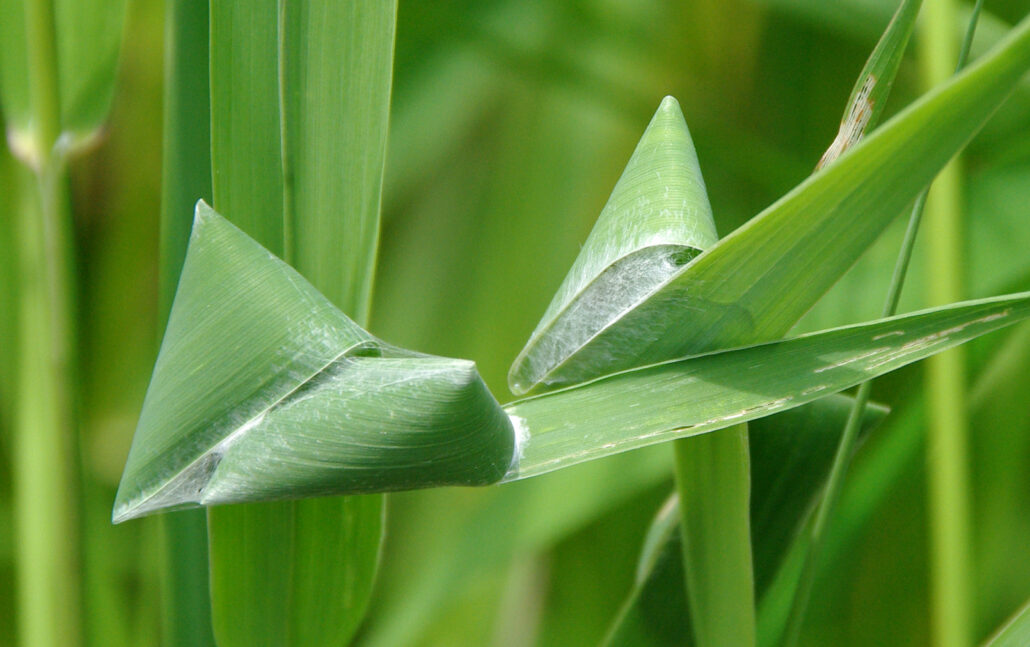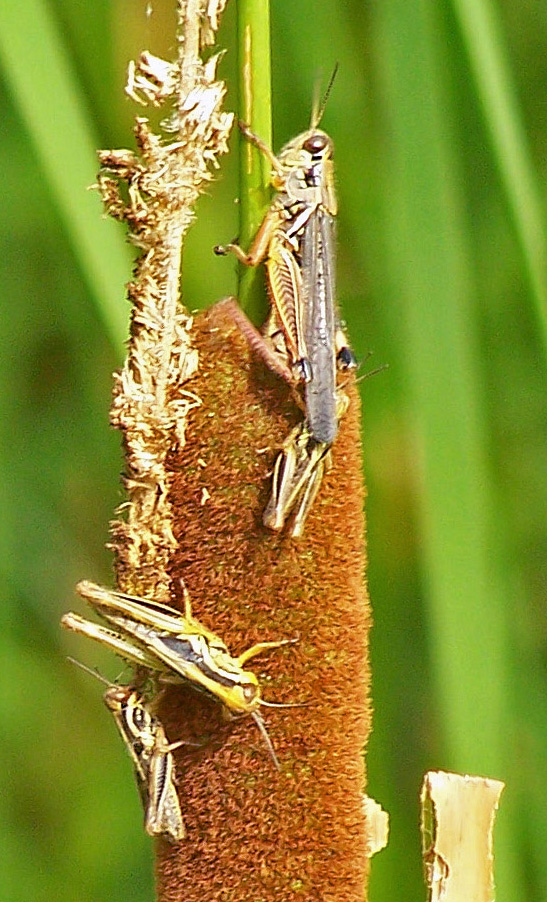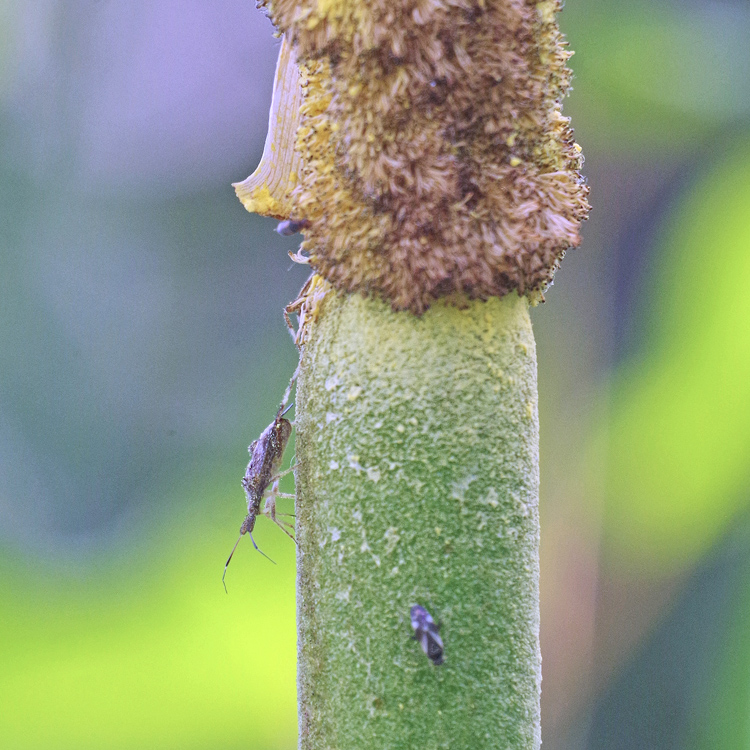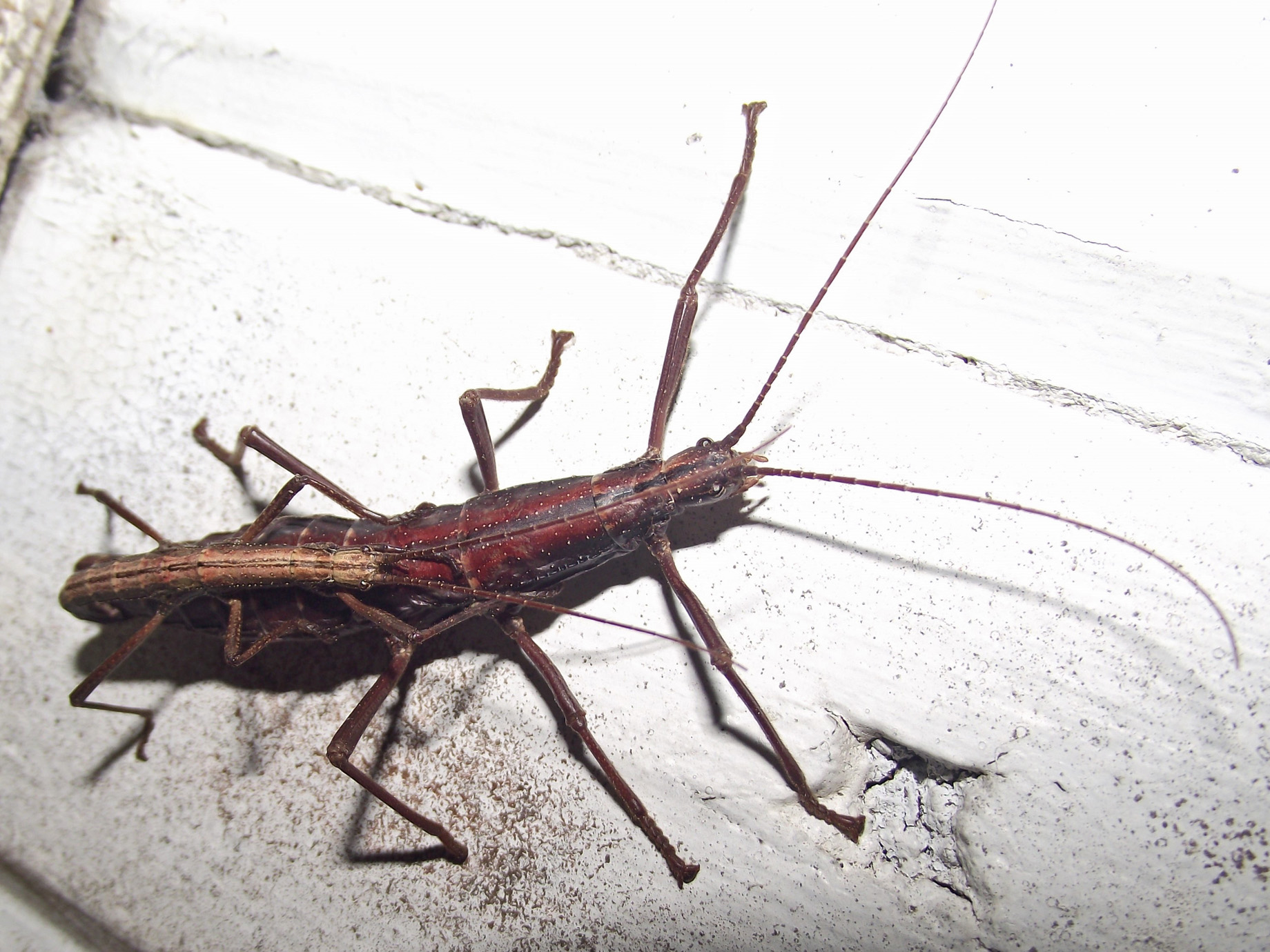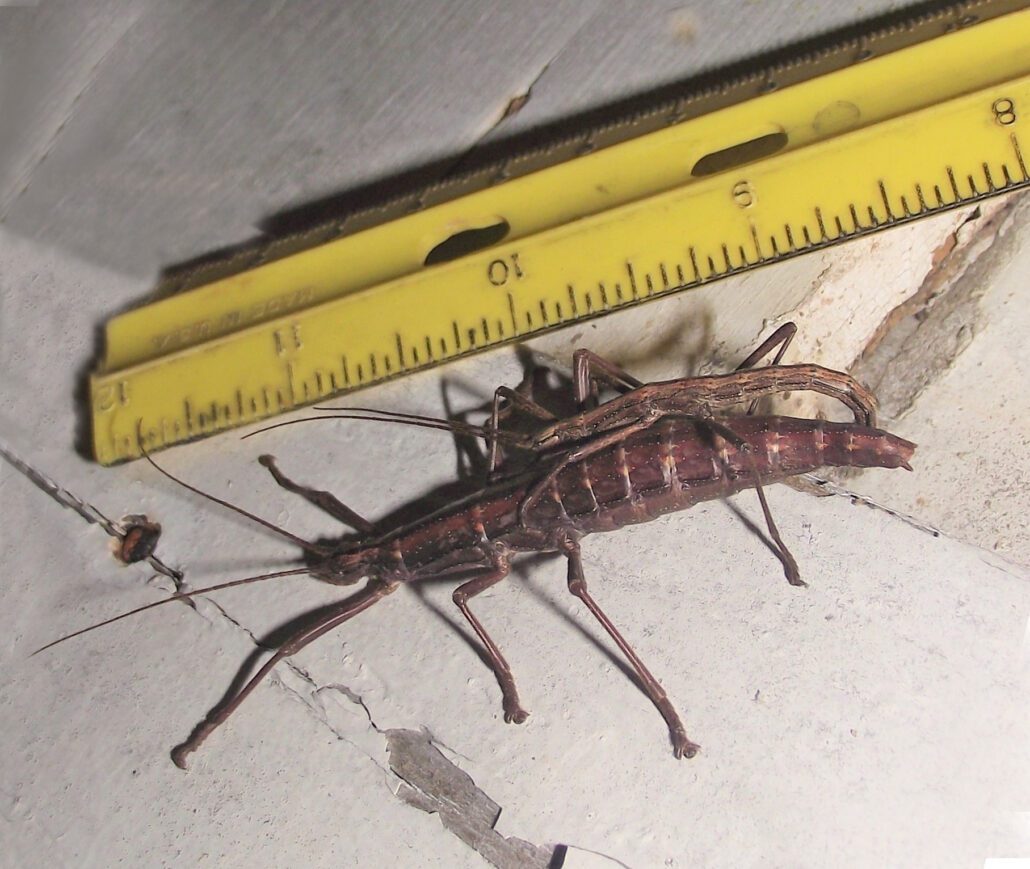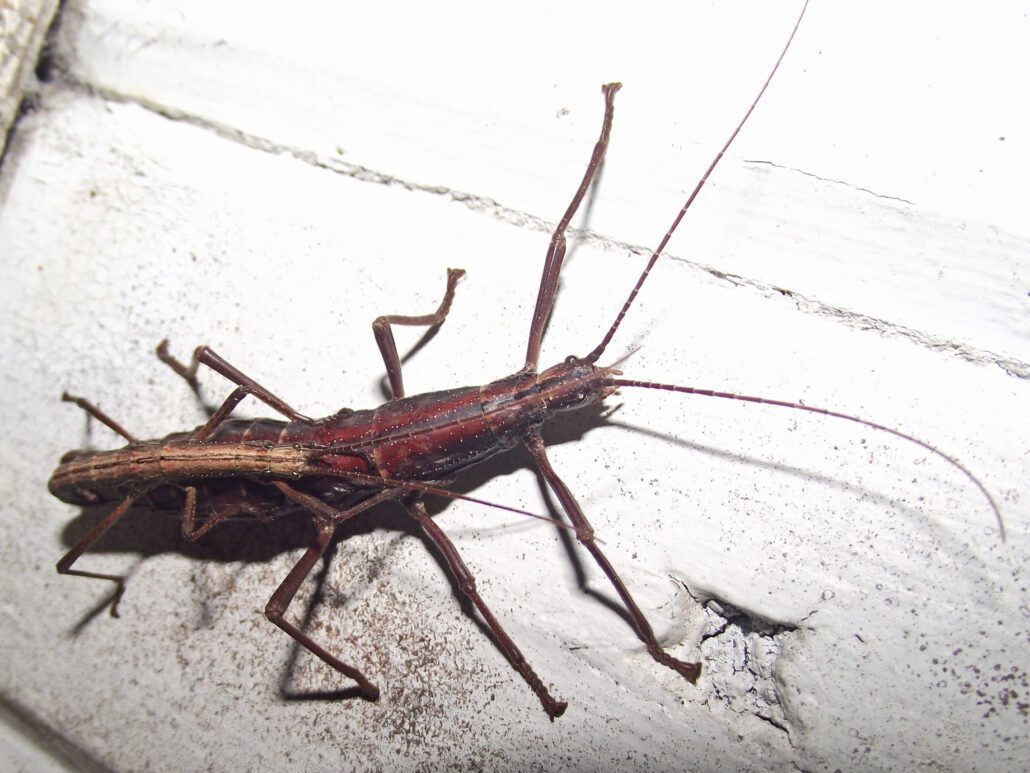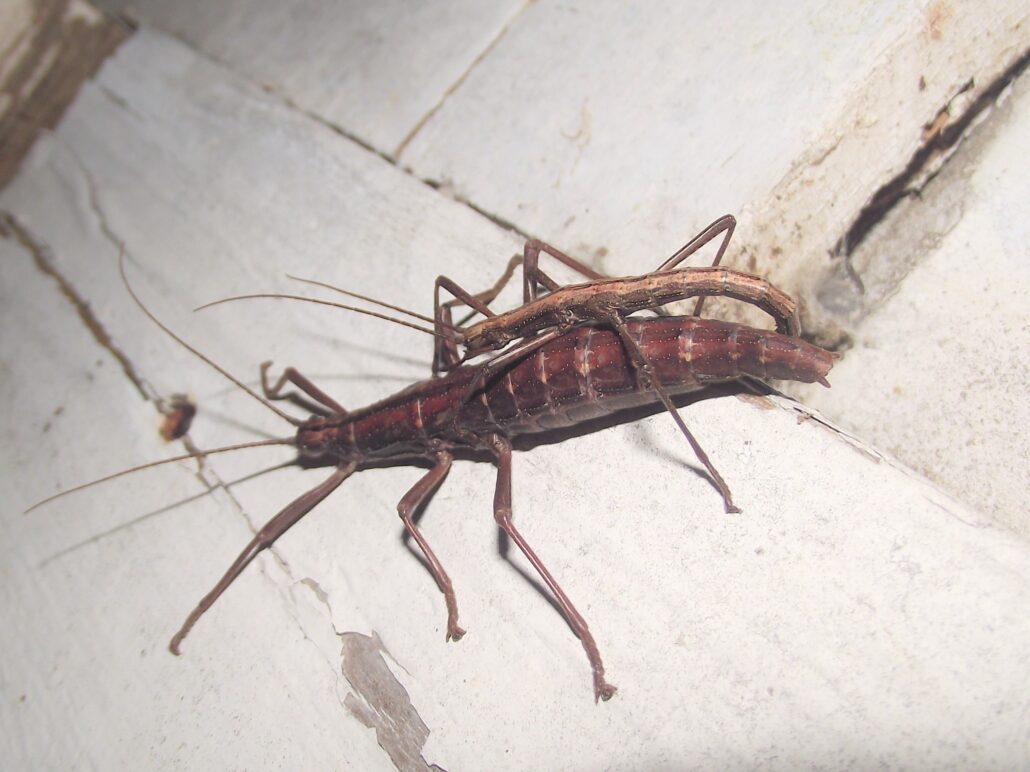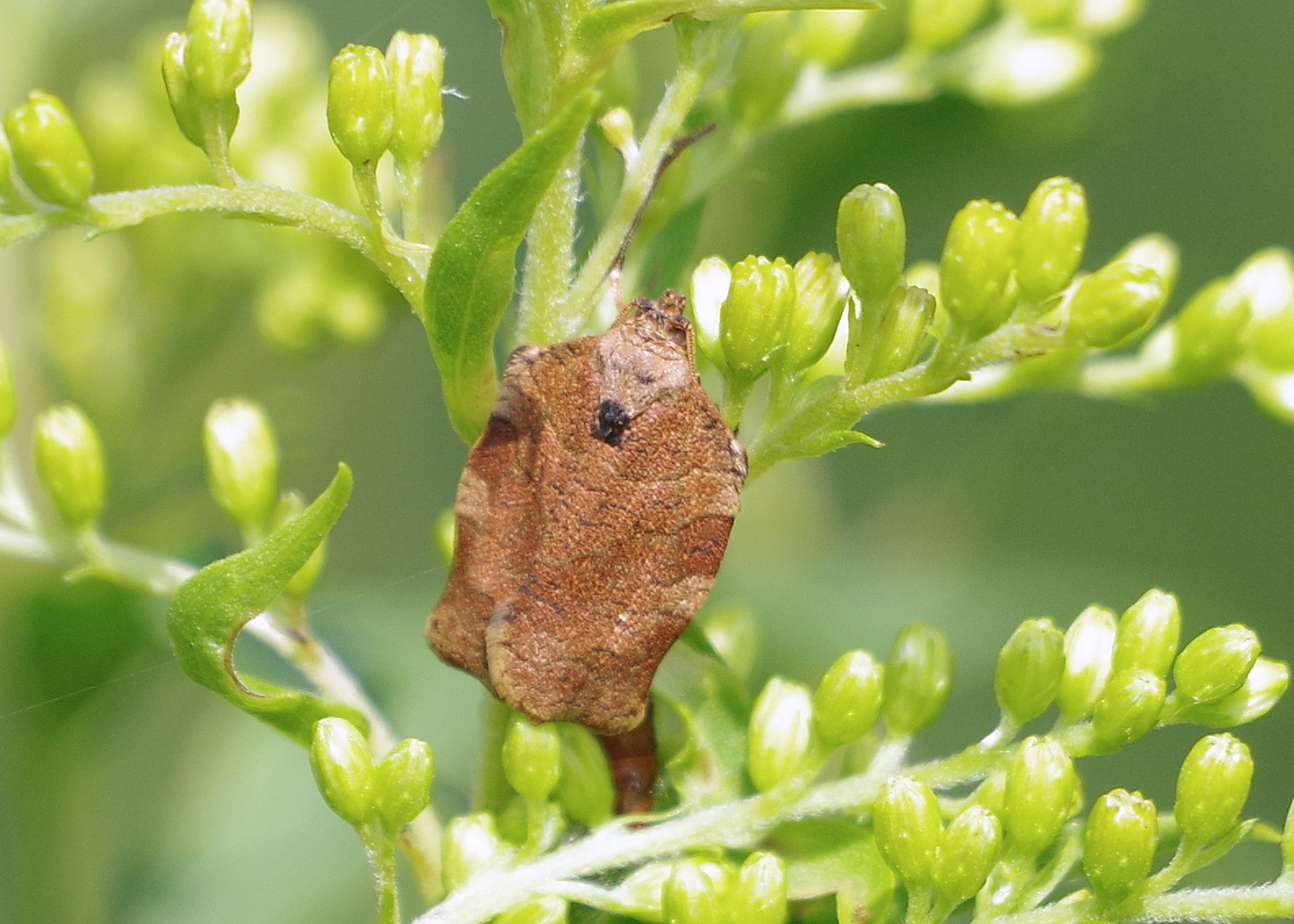
by Kate Redmond
Oblique-banded Leafroller Moth
Greetings, BugFans,
The venerable (circa 1903) moth book that the BugLady grew up with – The Moth Book by W. J. Holland – included pictures of a huge number of moth species, all with wings outstretched, in pinned position. Great for seeing all of the markings – not so great for showing the unique shapes and postures of many moths https://bugguide.net/node/view/889584/bgimage https://bugguide.net/node/view/1307815/bgimage https://bugguide.net/node/view/259944 https://bugguide.net/node/view/973408 https://bugguide.net/node/view/11941/bgimage https://bugguide.net/node/view/427321/bgpage (the Peterson field guide portrays them as they perch). Holland’s picture of today’s moth was a little odd.
Oblique-banded Leafrollers (OBLRs) are in the family Tortricidae (accent on the first and third syllables), sometimes called the Tortricid/tortrix, leaf roller, and leaf tier moths. It’s a large group (10,000 species worldwide and 1,400 north of the Rio Grande) of small (wingspans of ½” to 1 ¼”), drab, bell/arrowhead-shaped moths, and even smaller caterpillars that are often green with dark heads. Some species are agricultural pests (spruce budworm and a variety of apple-lovers), and a few species are used as biological controls to deal with unwanted plants. Caterpillars of some Tortricid species bore into plant materials, and others feed on the exterior (and these caterpillars come equipped with a structure called an anal fork that allows them to flip their frass (bug poop) away from their bodies, so it won’t lead parasites or predators to them). Some are generalist feeders and some limit their diets. A few make galls.
OBLRs (Choristoneura rosaceana), aka Rosaceous Leaf Rollers, are a native species that lives throughout most of the US and into southern Canada (and that we have accidentally exported to other parts of the globe). They’re habitat generalists, found from wetlands to woodlands to old fields to orchards. The caterpillars, which are said to be the most common tortricid in North America, are hard to tell from related caterpillars, and when asked how to distinguish the notoriously variable adults from their relatives, a commentator in bugguide.net said, “Today I was asked how to separate species that look similar to Choristoneura rosaceana and thought I’d share my response here since it is commonly collected and frequently misIDed. The short answer is assume everything is C. rosaceana unless you have reason to believe otherwise. The longer answer is below and basically outlines my thought process.”
There are no picky eaters here! OBLM caterpillars feed on more than 80 species of plants, most, but not all of them, woody. They’re especially fond of plants in the rose family, like cherry, apple, pear, chokecherry, raspberry, and peach, but they also eat maple, sumac, birch, honeysuckle, viburnum, oak, ash, buckthorn, willow, aspen, basswood, elm, pine, and more. OBLRs are eaten by birds and a number of invertebrate predators, including some ladybugs. Leaf rolling, leaf tying, and gall making benefit caterpillars that have lots of predators.
Because of its connection with commercial fruits, this is one well-studied insect; although much that is known about them is based on laboratory observations.
Courtship is driven by hormones and is formulaic– she “calls,” he responds, they sit head-to-head for a while, and things progress. If she’s not interested, she leaves. She deposits masses of wax-covered eggs (200 to 900, said one source) on the upper surfaces of host plants, and when the caterpillars hatch https://bugguide.net/node/view/1185427/bgimage, many disperse by spinning silk and taking off, like spiders, casting their fates to the winds (https://uwm.edu/field-station/bug-of-the-week/spider-flight/) – they bet the farm on avoiding aerial predators and landing on a host plant.
There are two generations of OBLRs in Wisconsin, which works out to three waves of caterpillars. OBLRs overwinter as partially-grown caterpillars, and when they emerge, they skeletonize the undersides of very new leaves or feed in the buds. When the leaves get big enough, caterpillars make leaf shelters lined with silk https://bugguide.net/node/view/1039803/bgimage and later pupate in them. The first crop of adults appears in June, and their eventual offspring https://bugguide.net/node/view/2336932/bgimage eat leaves and the surface of fruit https://bugguide.net/node/view/546919/bgimage. The next adults are seen in late summer, and it’s their caterpillars that overwinter, in a hibernaculum that they spin between folded leaves, in twig crotches, under bud scales, or in bark, emerging as buds start to swell. Depending on what time of the year they’re feeding, they cause the fruit to be pitted or deformed, and they may introduce rot that isn’t obvious until after harvest. Mature and almost mature caterpillars do the most damage.
ADDENDUM: The BugLady just read an interesting article in the New York Times about how scientists are noticing that fewer moths come in to light traps (previously the gold standard for capturing and censusing moths). Why? Fewer moths overall? Not always – hormone traps (used by farmers to estimate numbers of crop pests) attract lots of them.
Once upon a time, a contemporary of Charles Darwin’s asked him why moths are attracted to light (a topic that has attracted, in turn, a lot of scientists). Darwin replied that “maybe it’s because lights are quite new and moths haven’t quite figured it out yet…. But you might expect that over time they will stop doing this.” He may have hit the nail on the head.
Avalon Owens, an entomologist at Harvard, explains, using corn earworms as an example: “It might be, as Darwin suggested, that evolution has removed moths with an attraction to light from the gene pool, so that today’s corn earworm moth is no longer as drawn to light.
But another explanation for the decline in light trap effectiveness might be that it’s a consequence of the world surrounding those light traps growing much brighter. With streetlights and spotlights and everything else lighting up the night, moths may not be noticing the light traps as much as they notice other glowing things.”
Light pollution affects a lot of us – migrating birds, hatchling sea turtles, some fish, nocturnal predators, tree frogs, Monarch butterflies, fireflies – and people who just want to see the stars.
Kate Redmond, The BugLady
Bug of the Week archives:
http://uwm.edu/field-station/category/bug-of-the-week/

